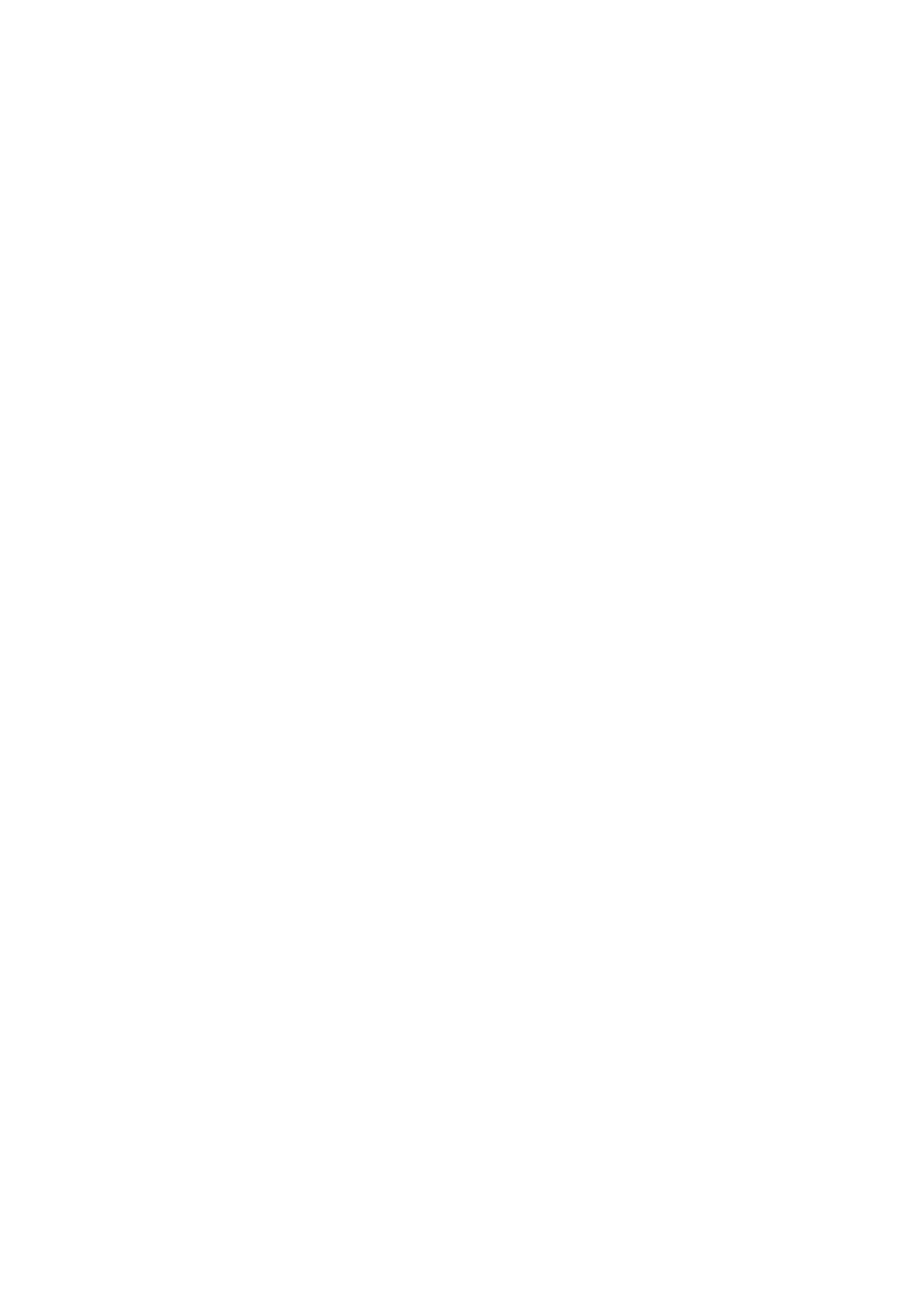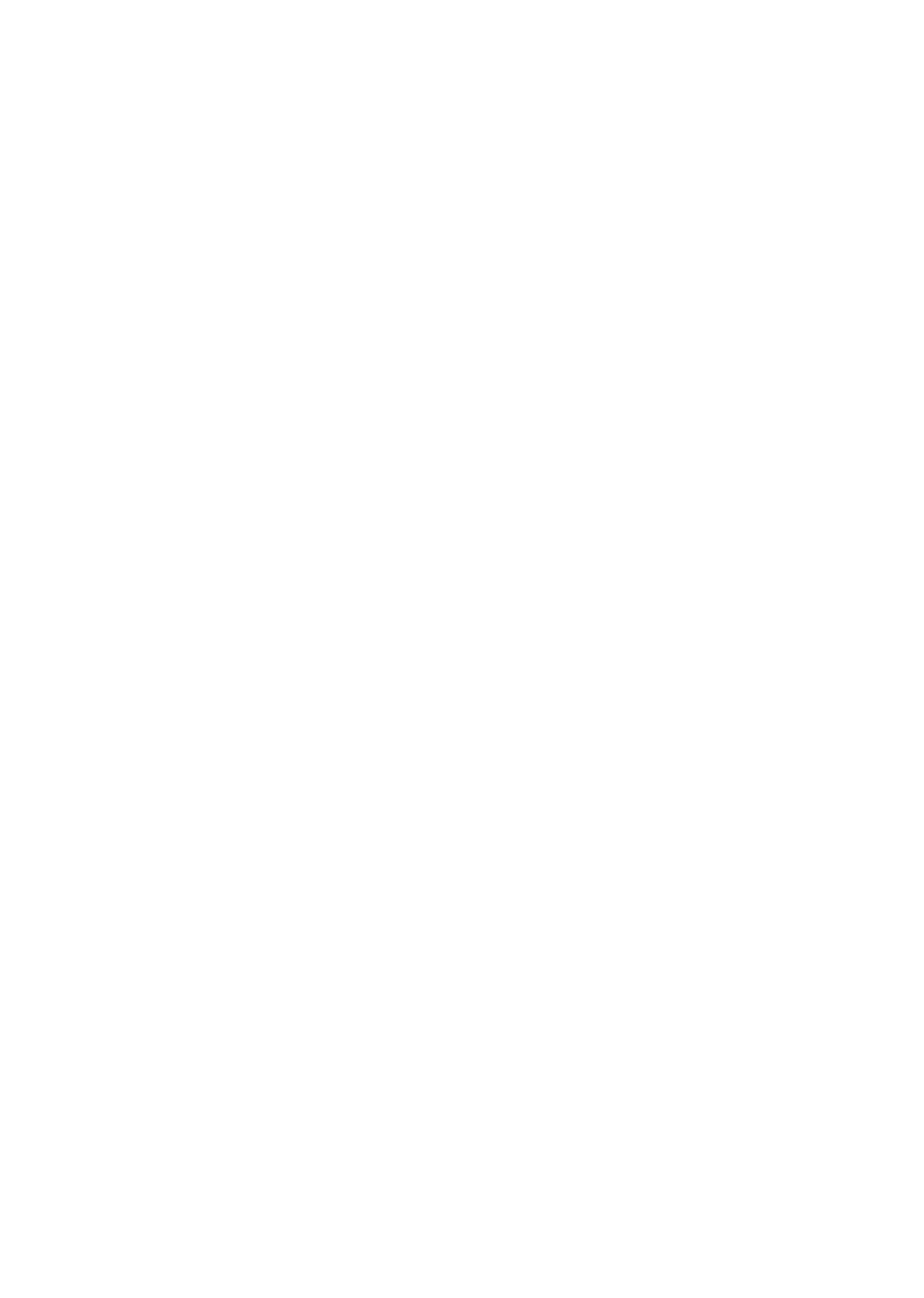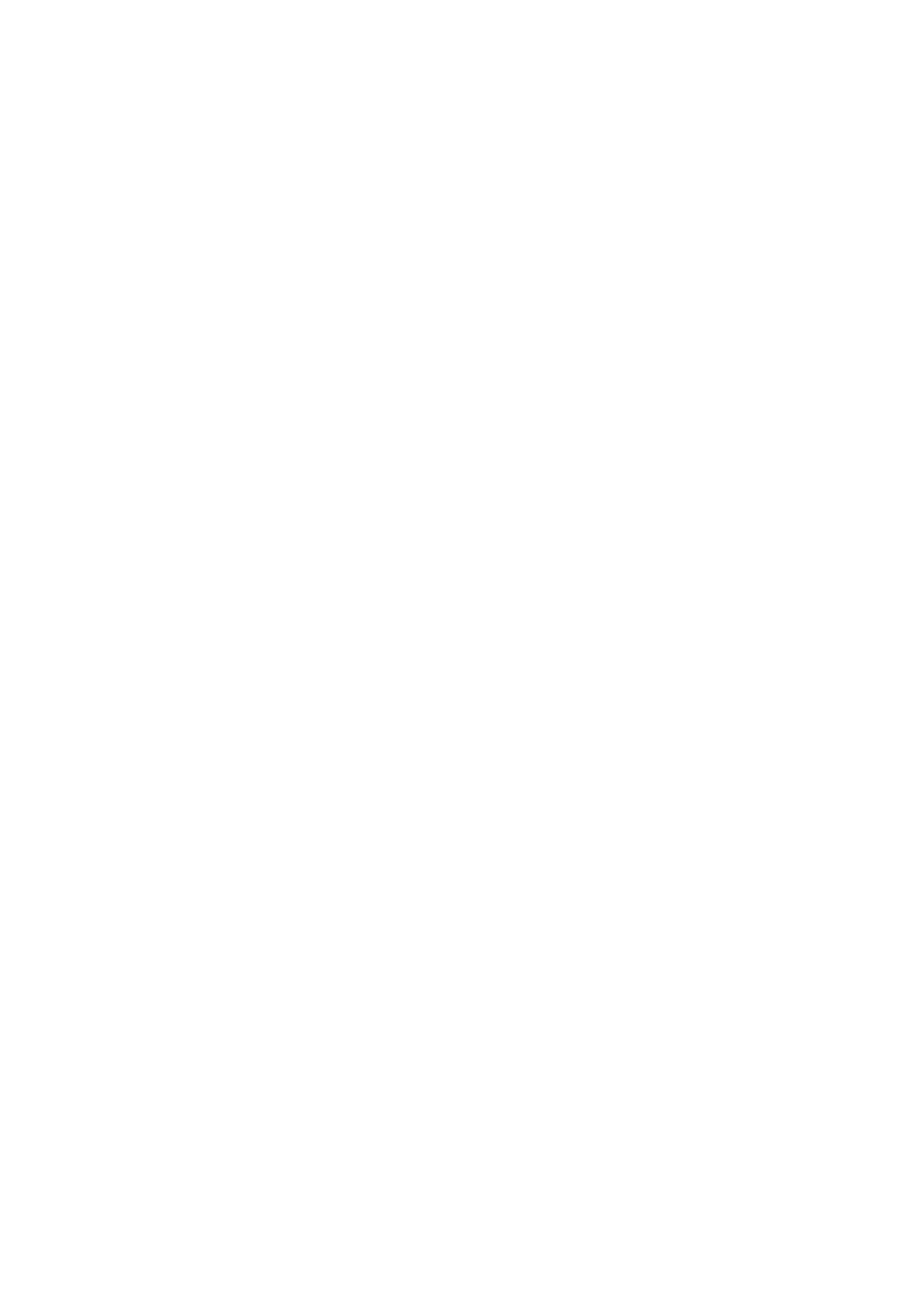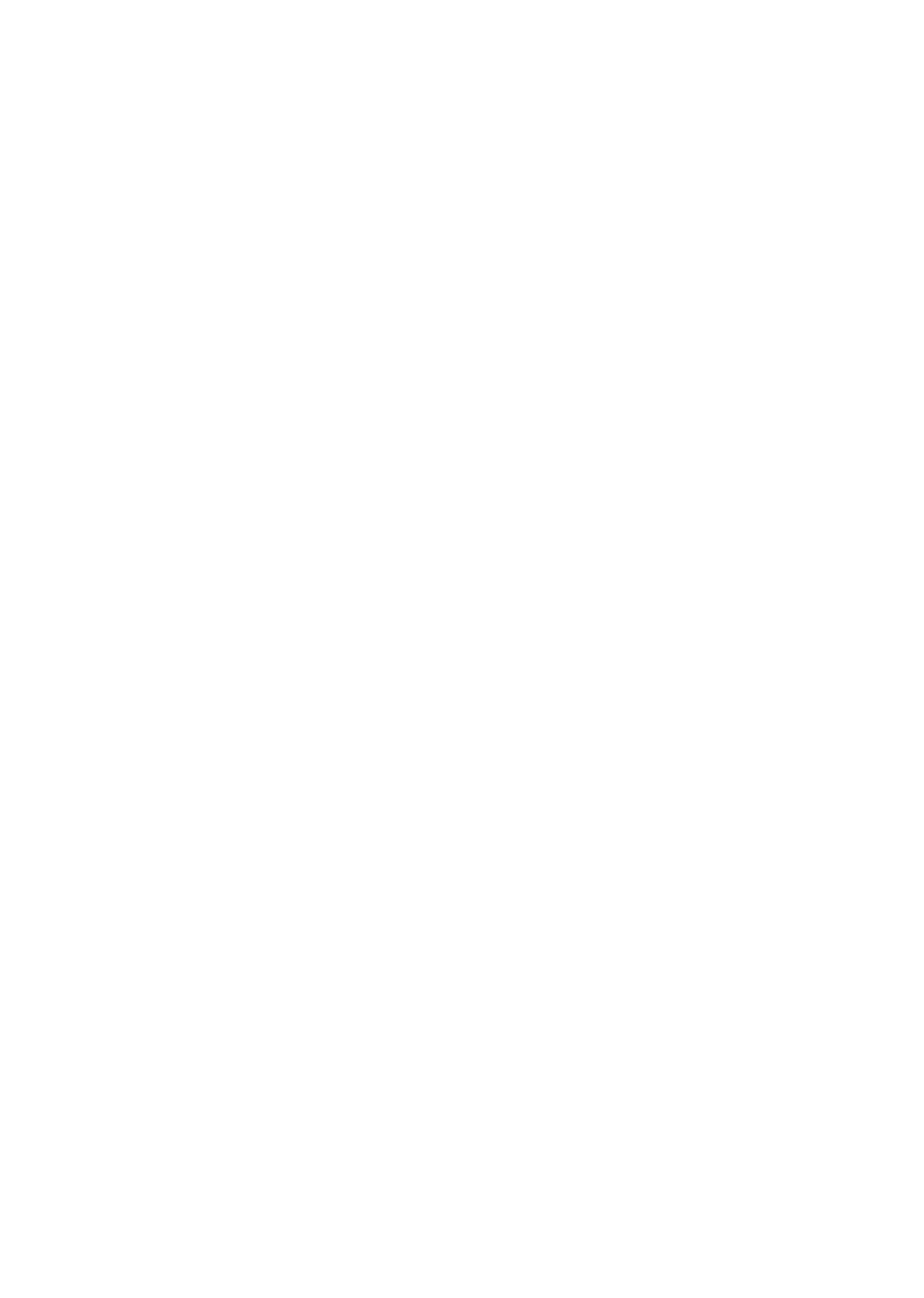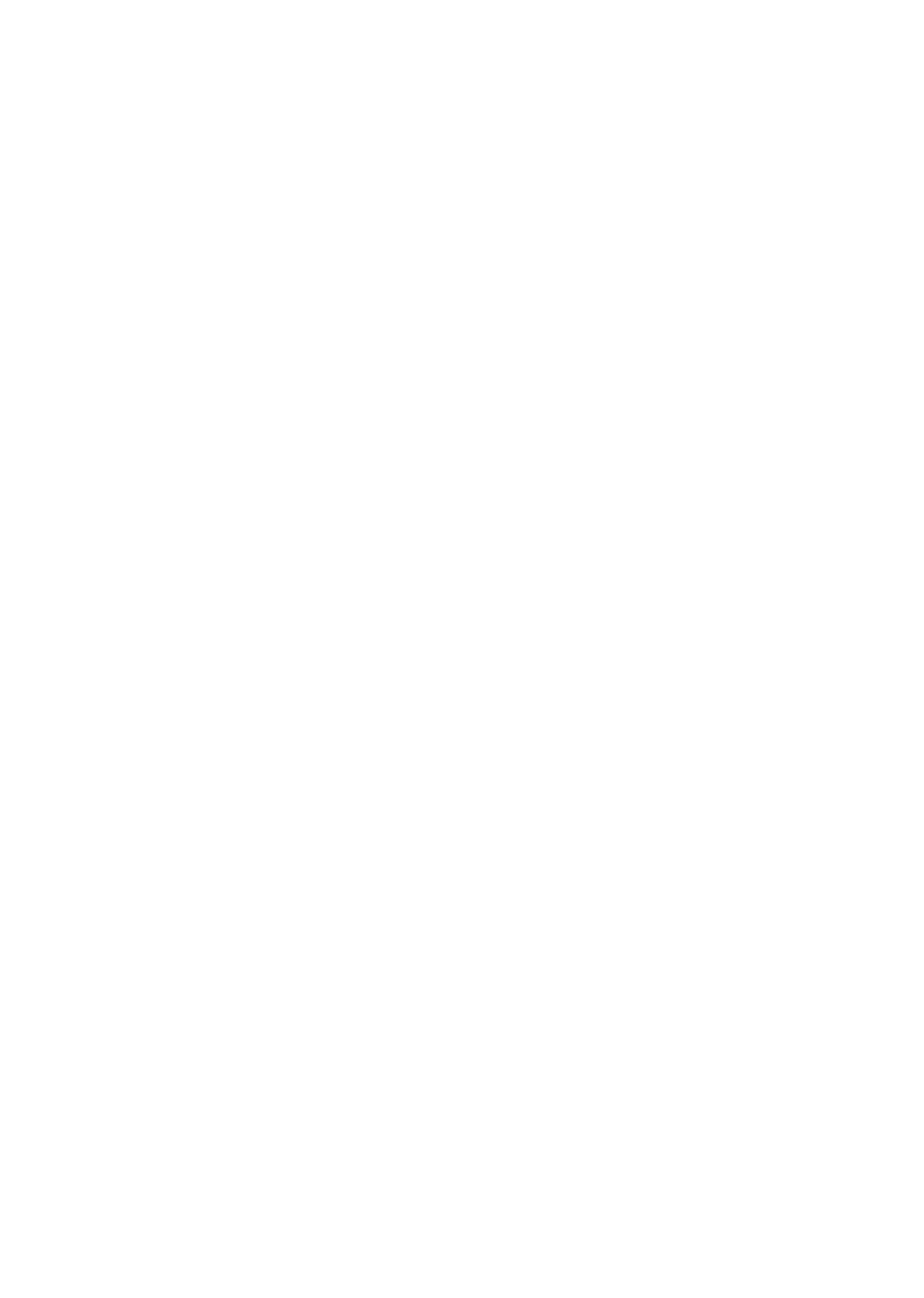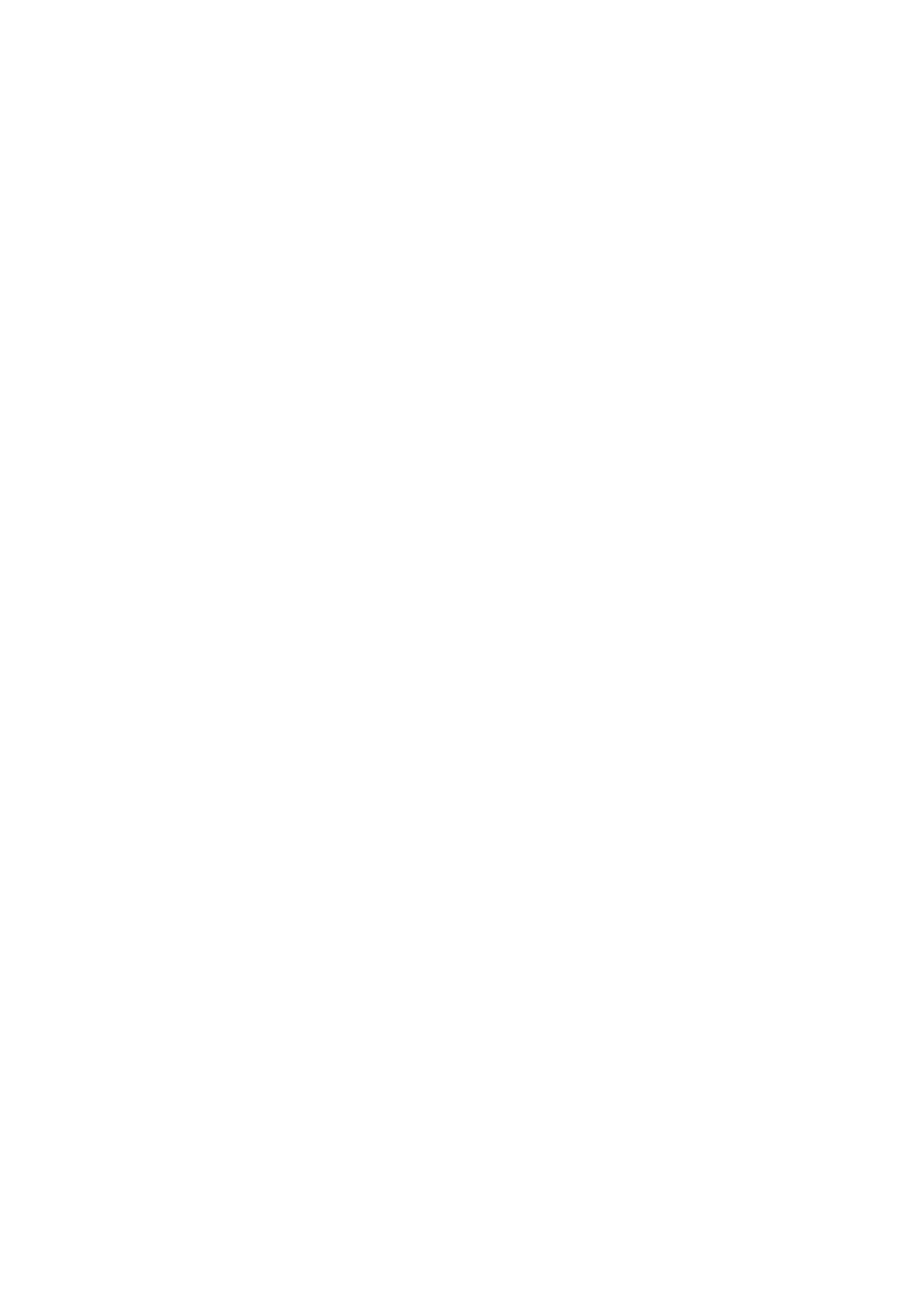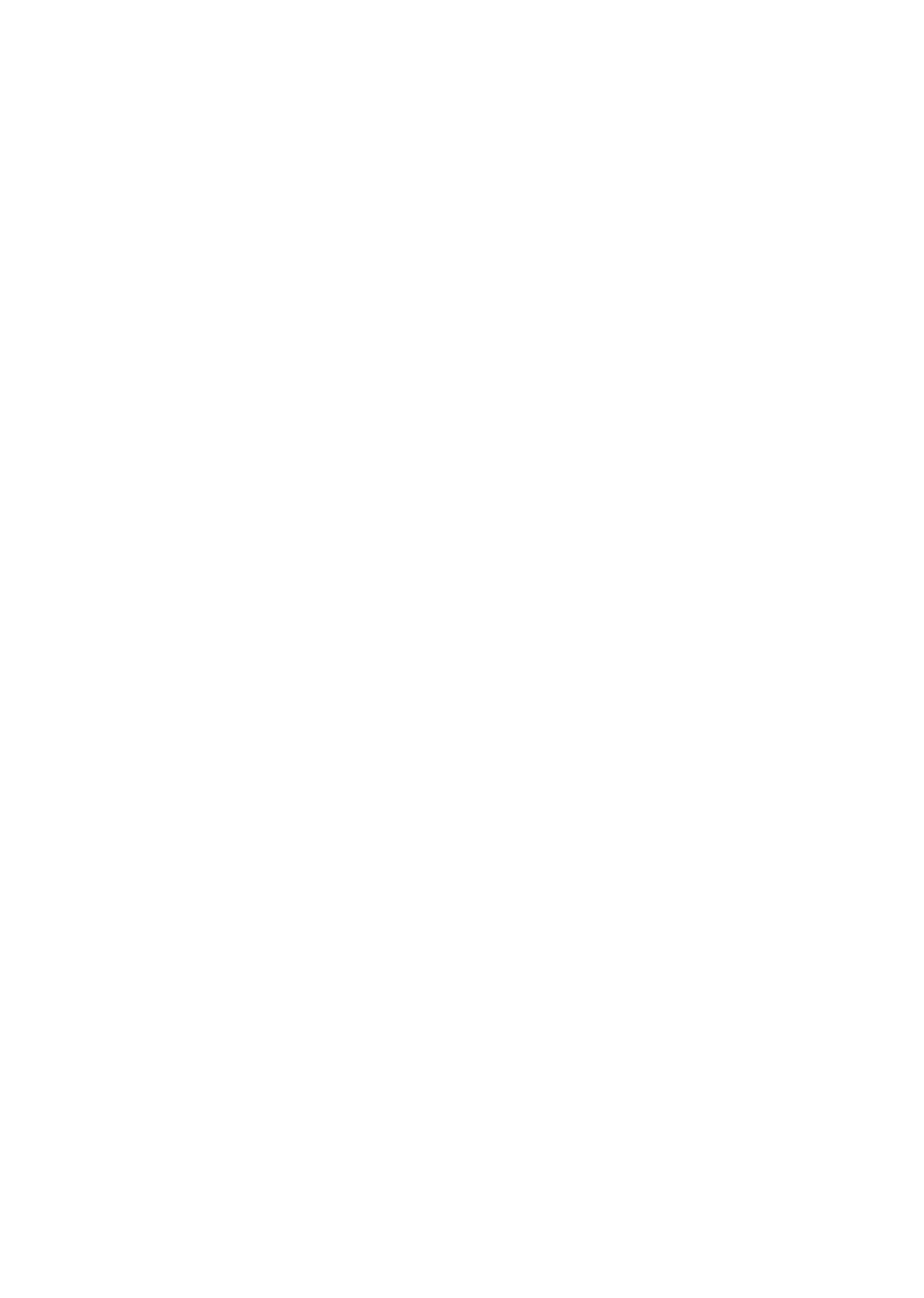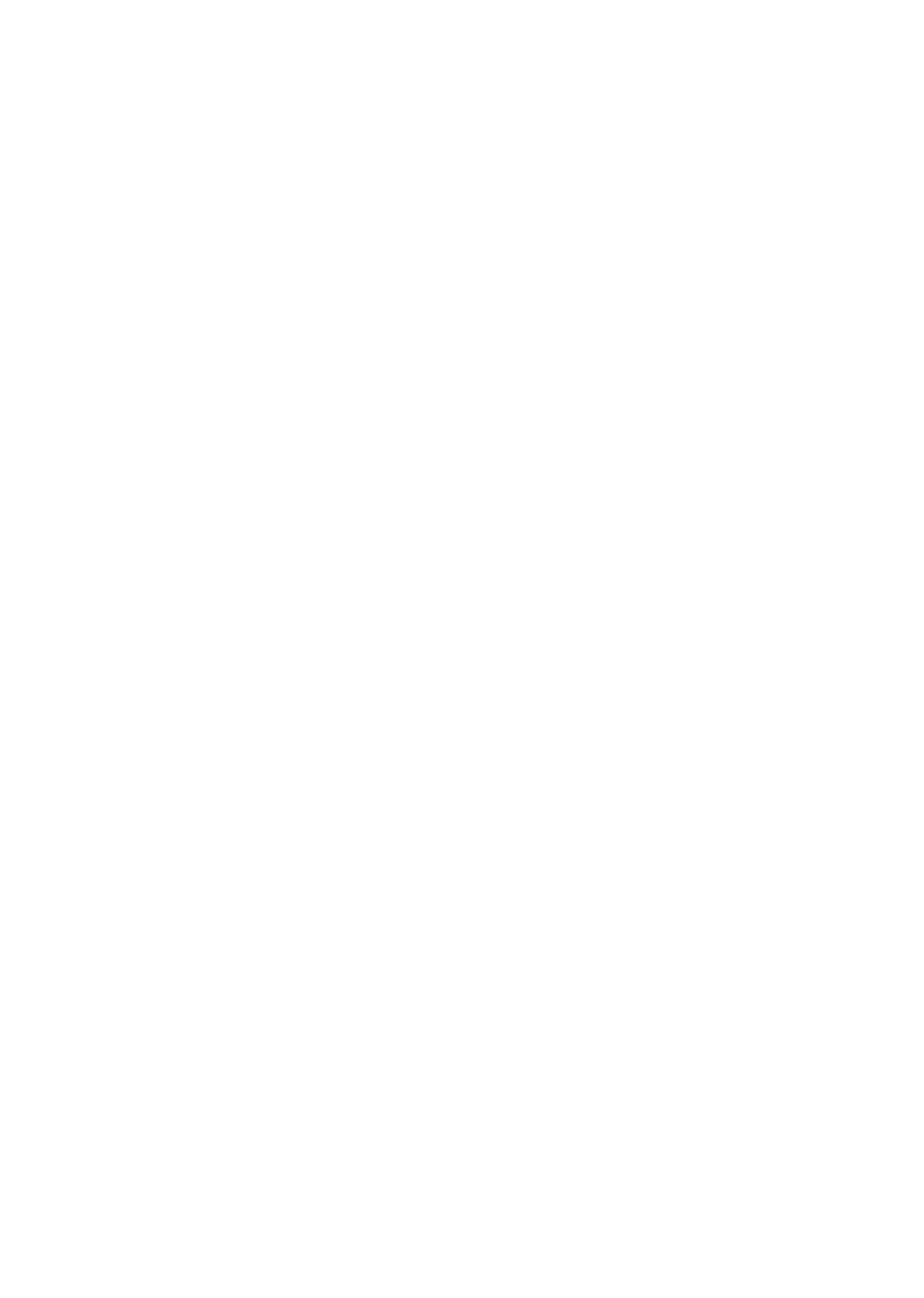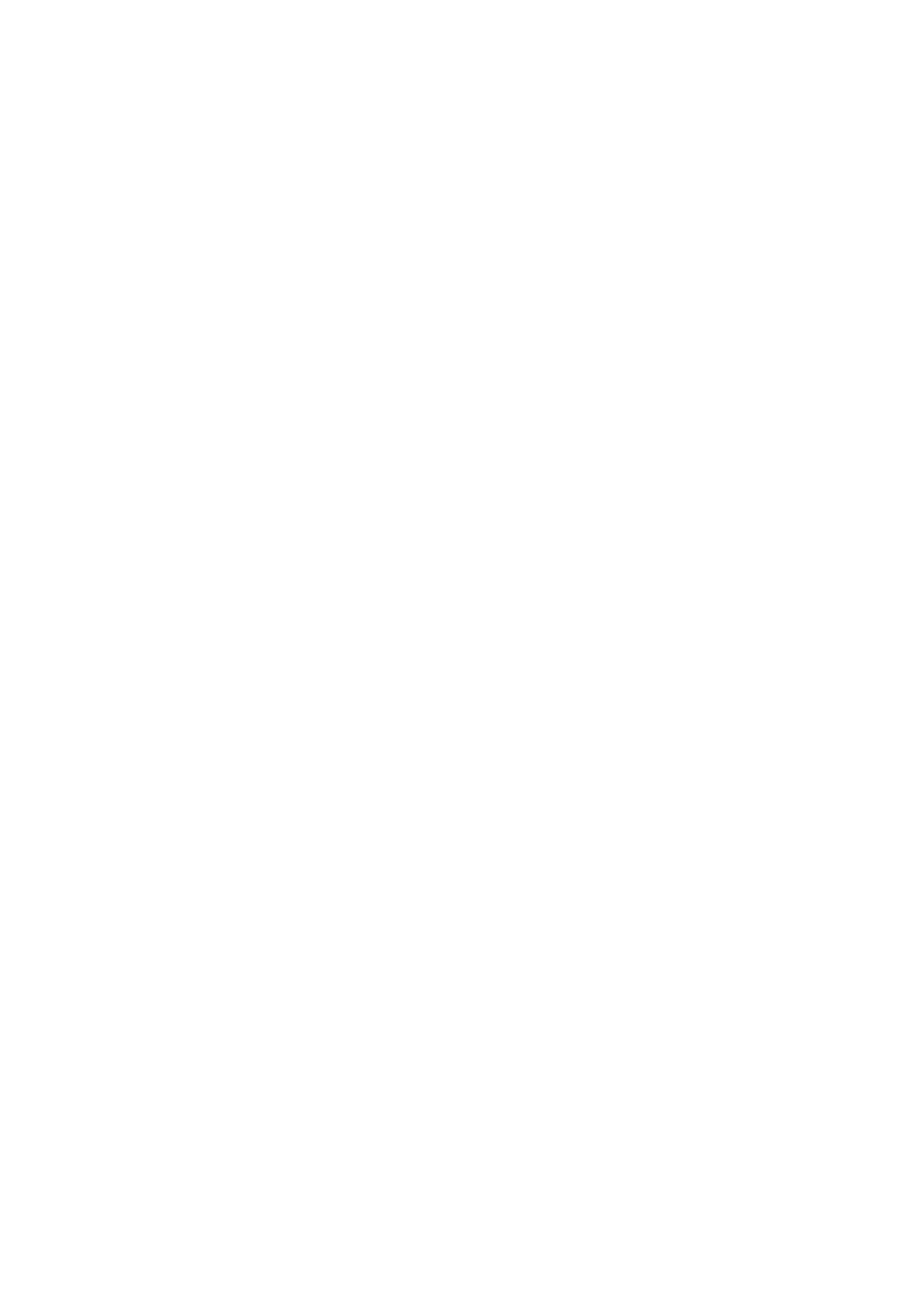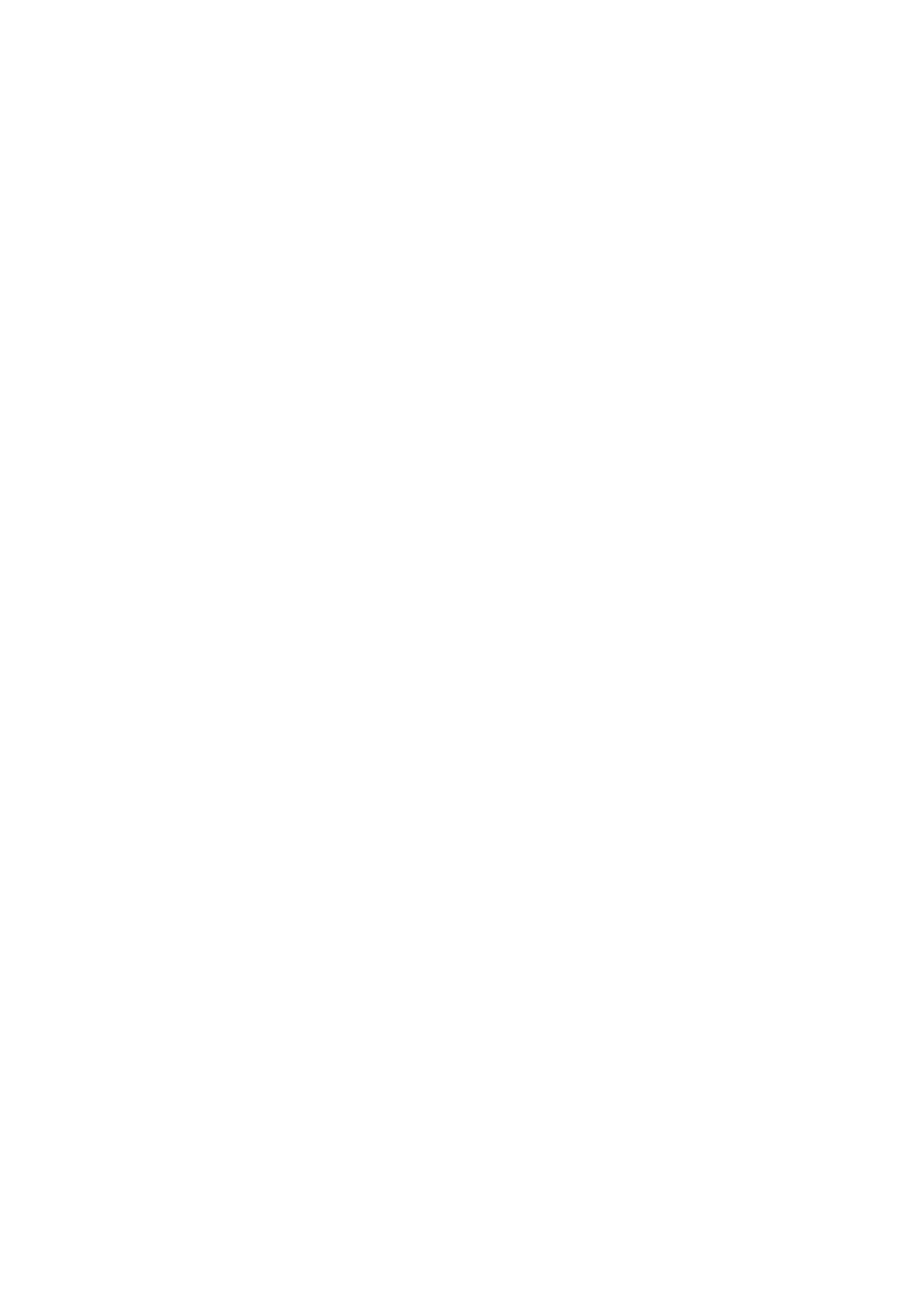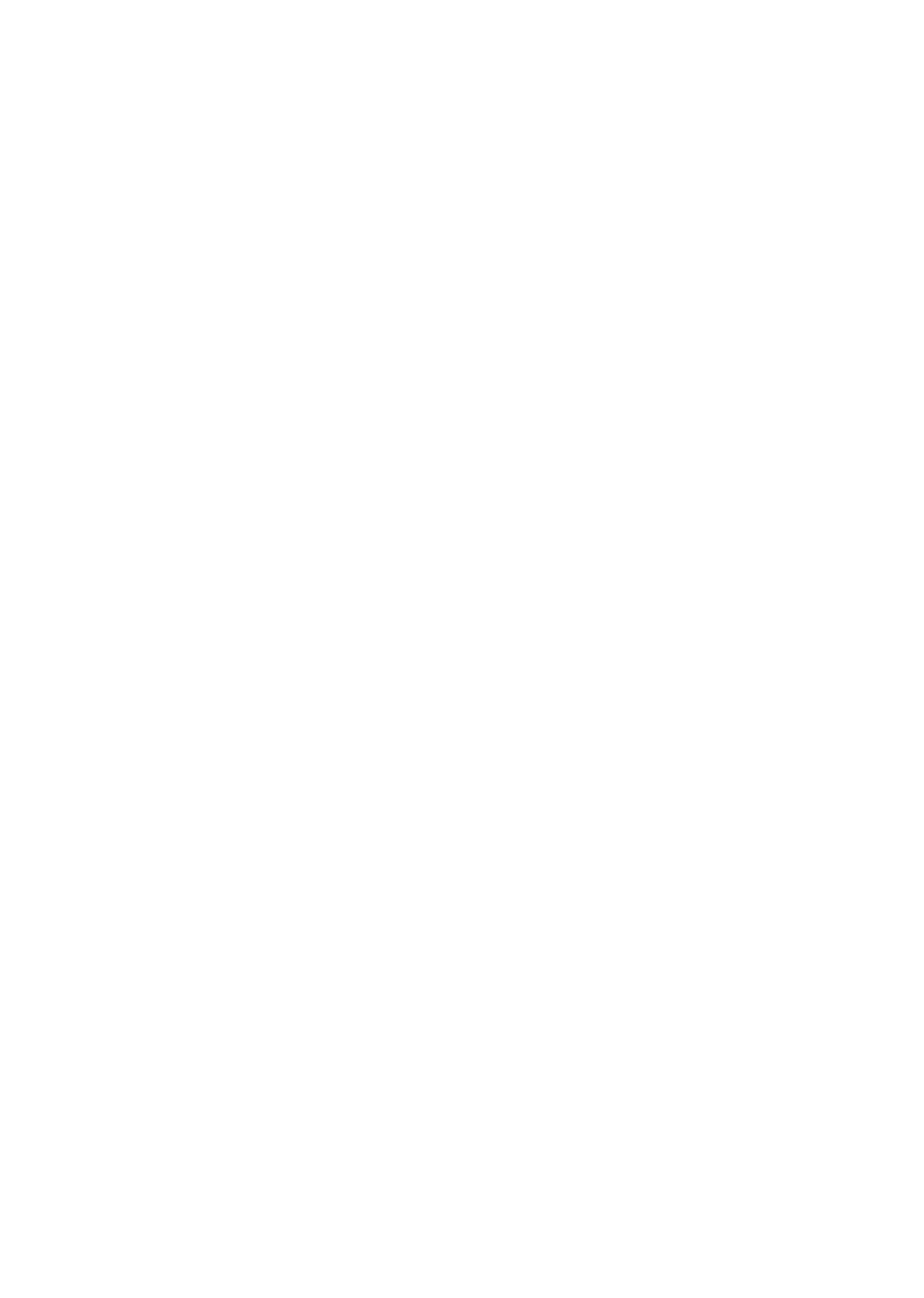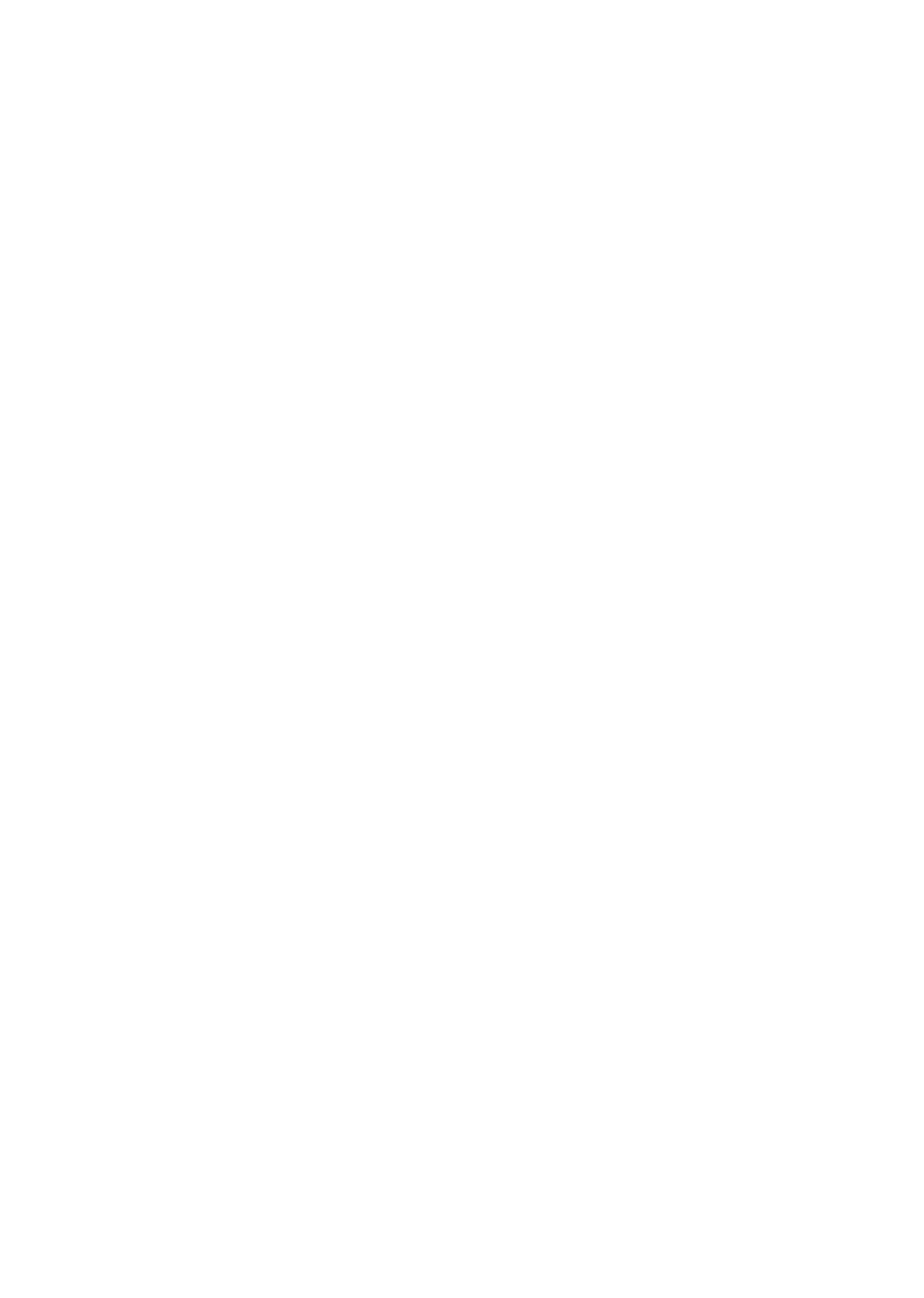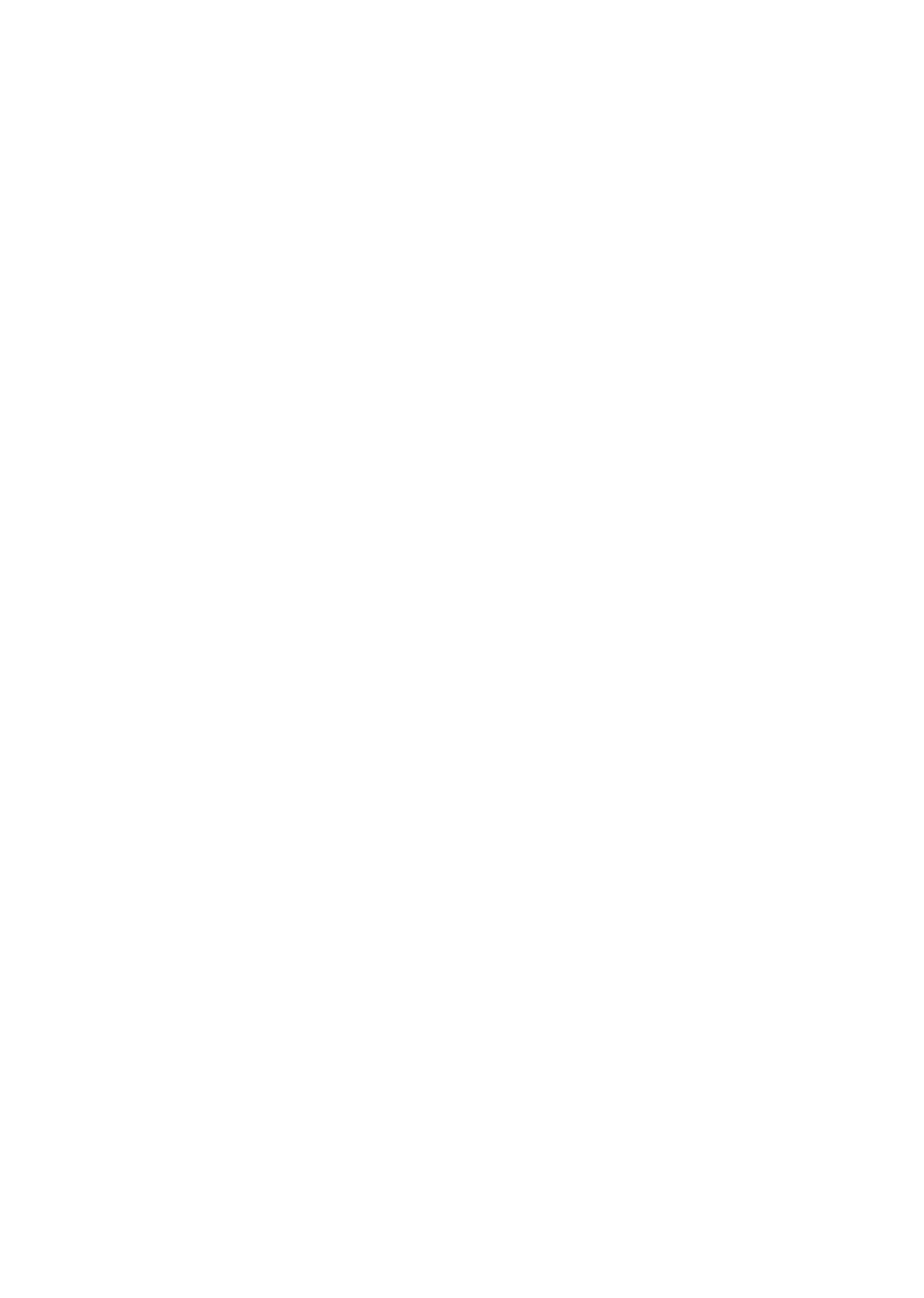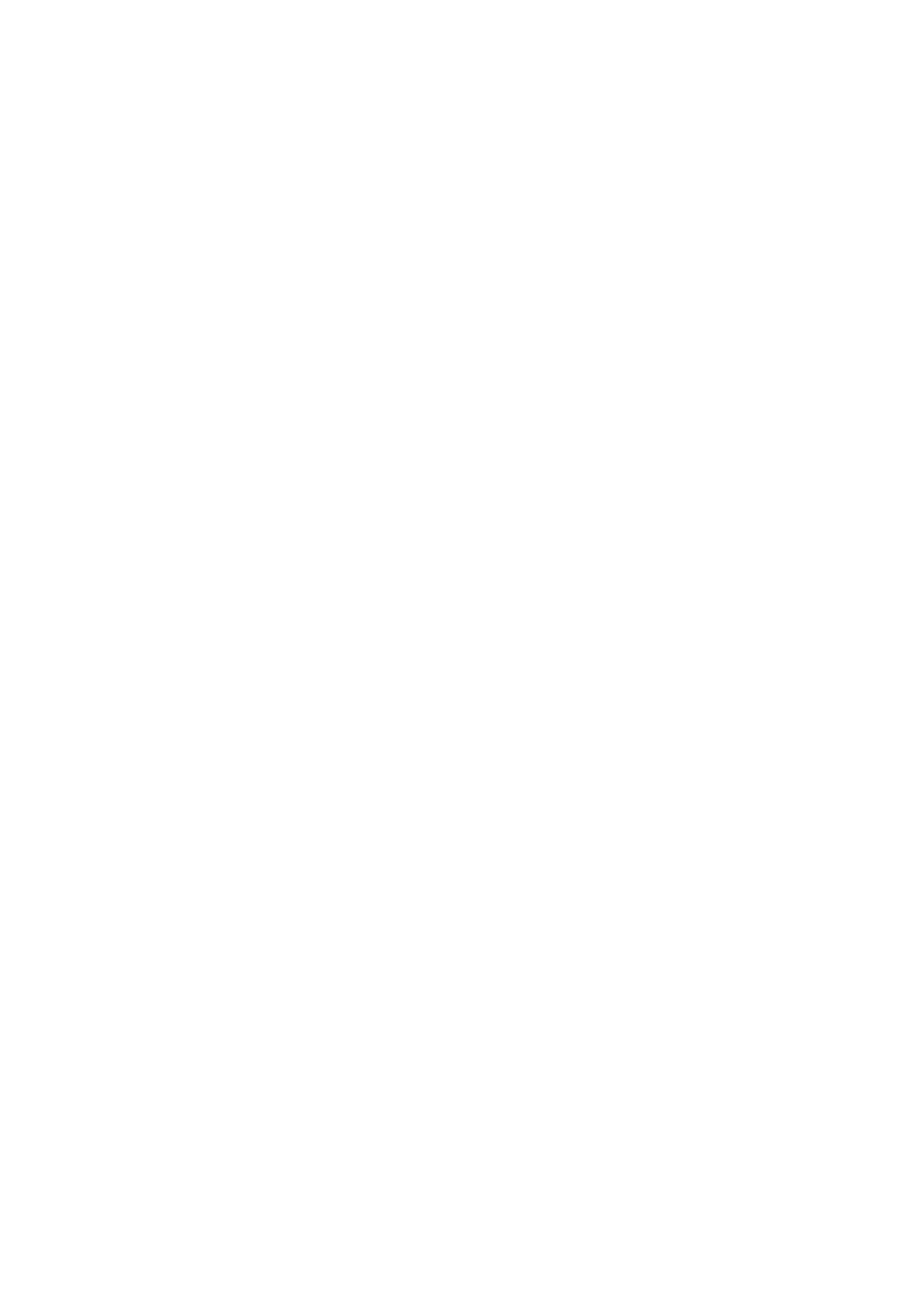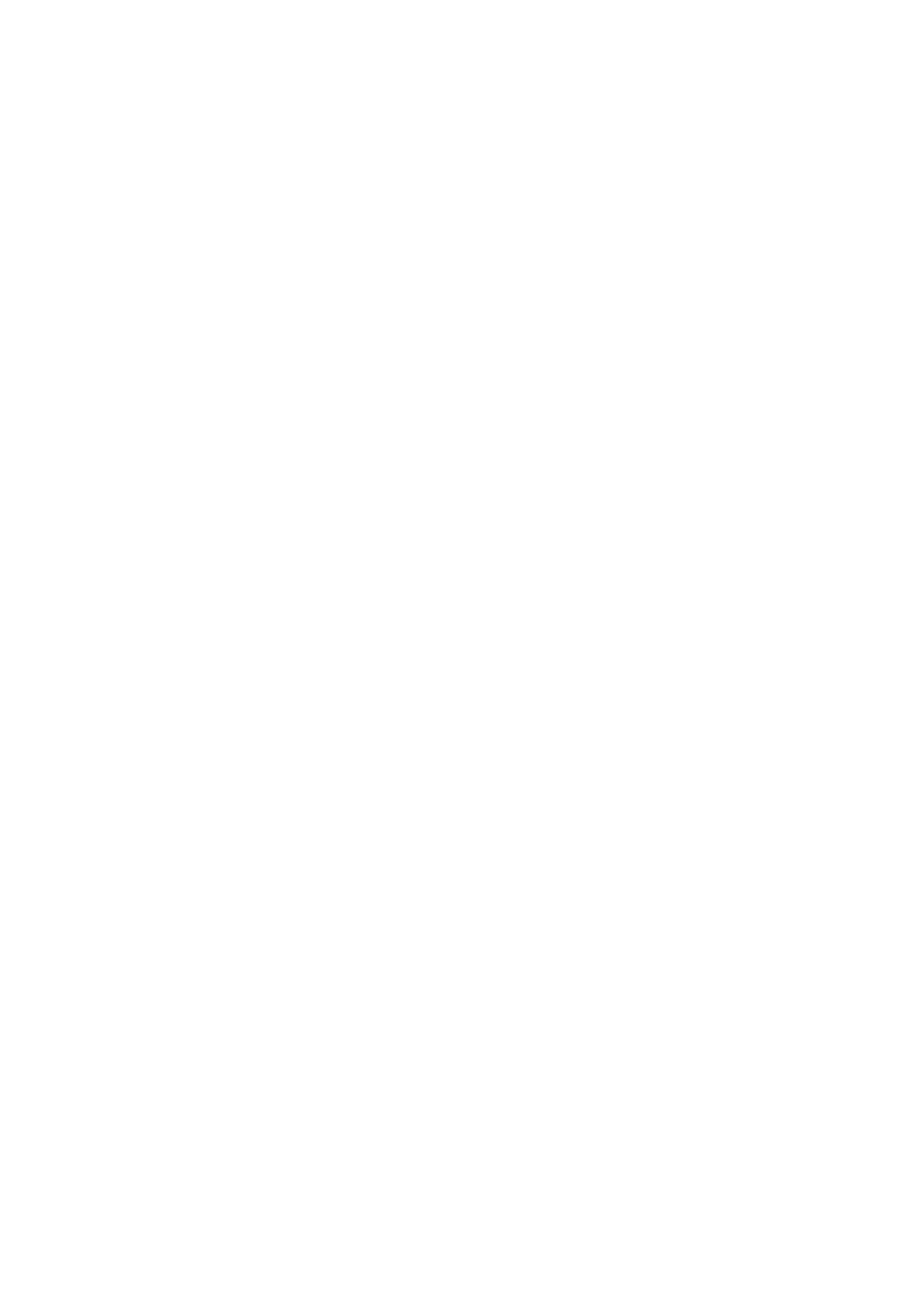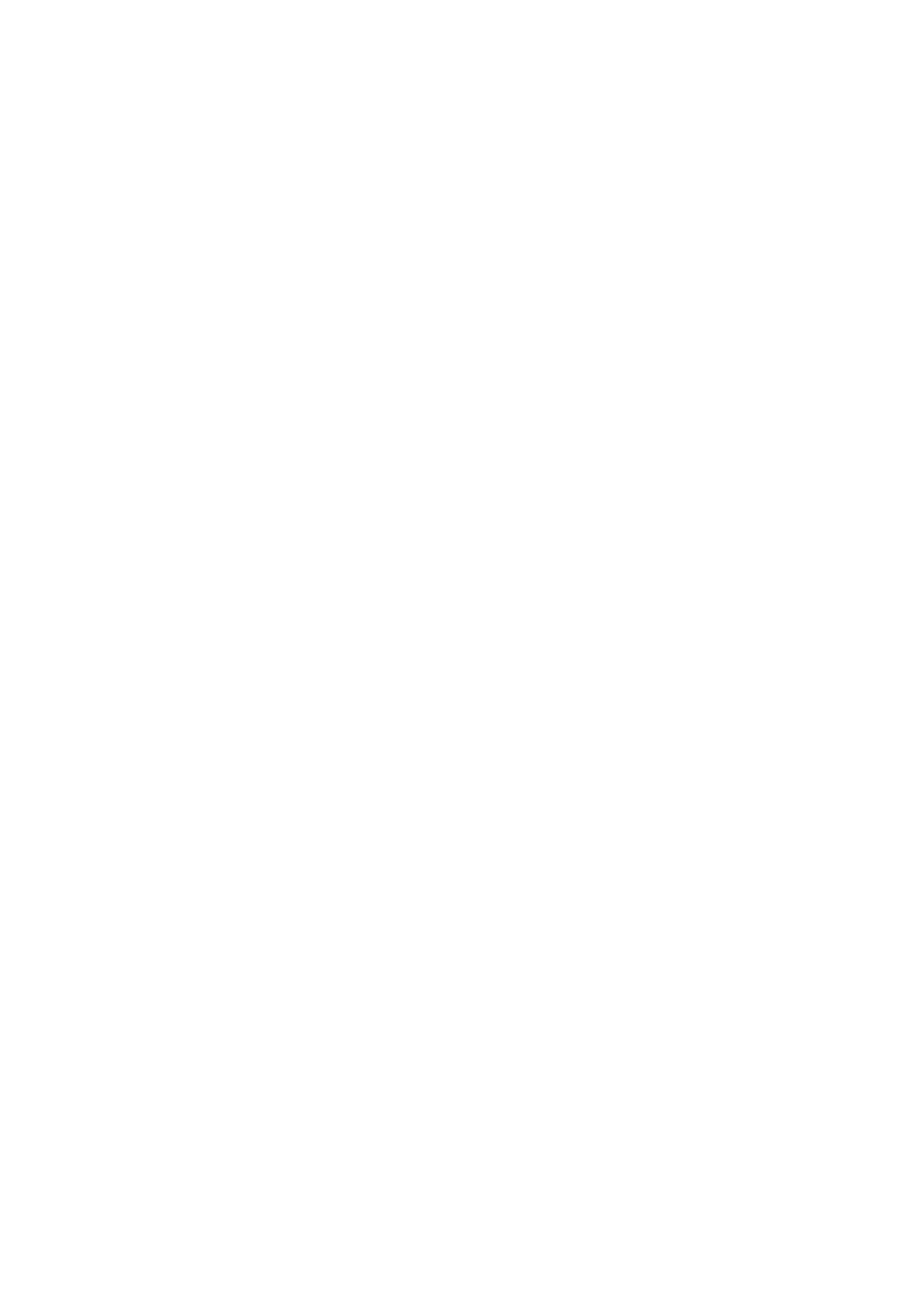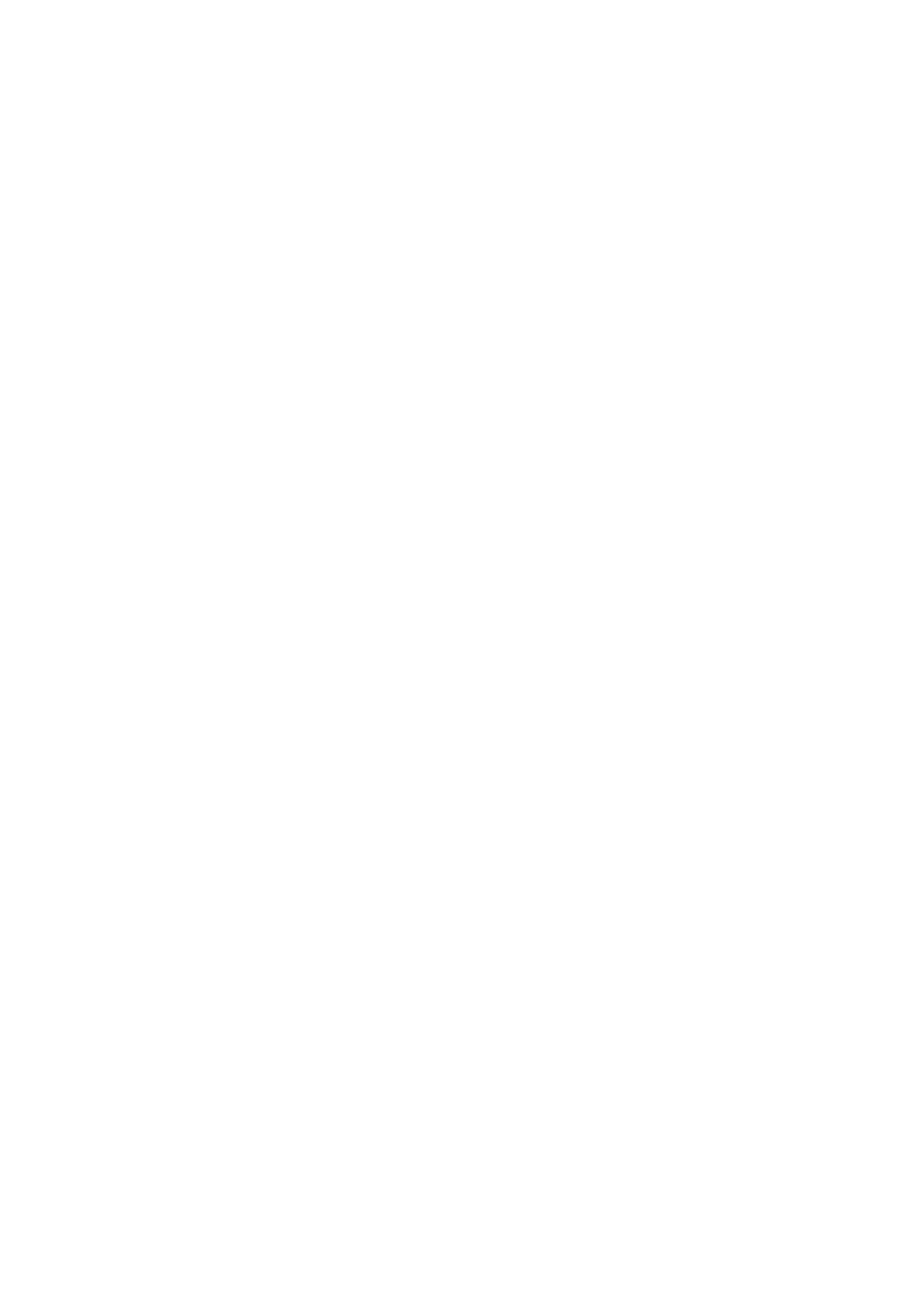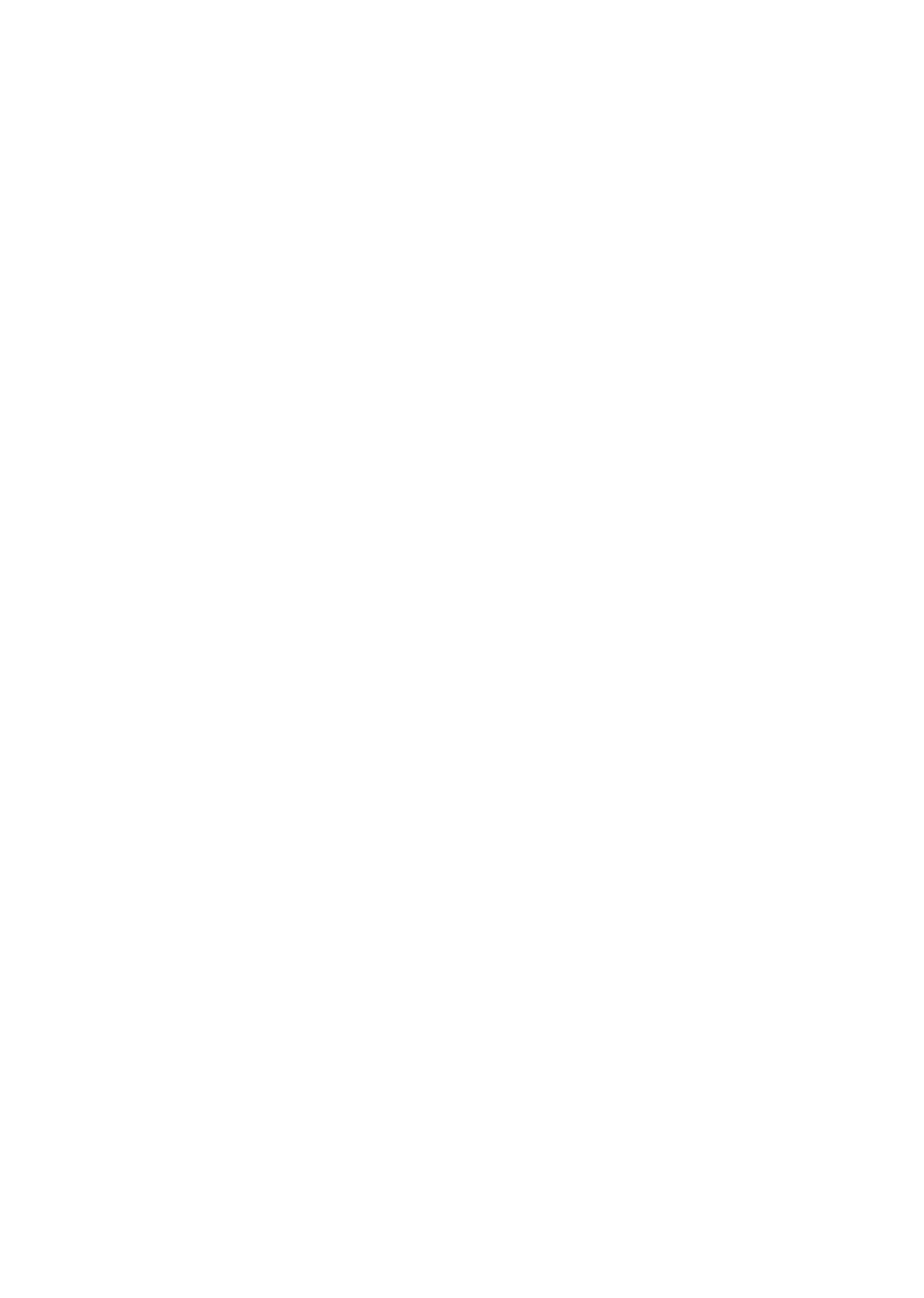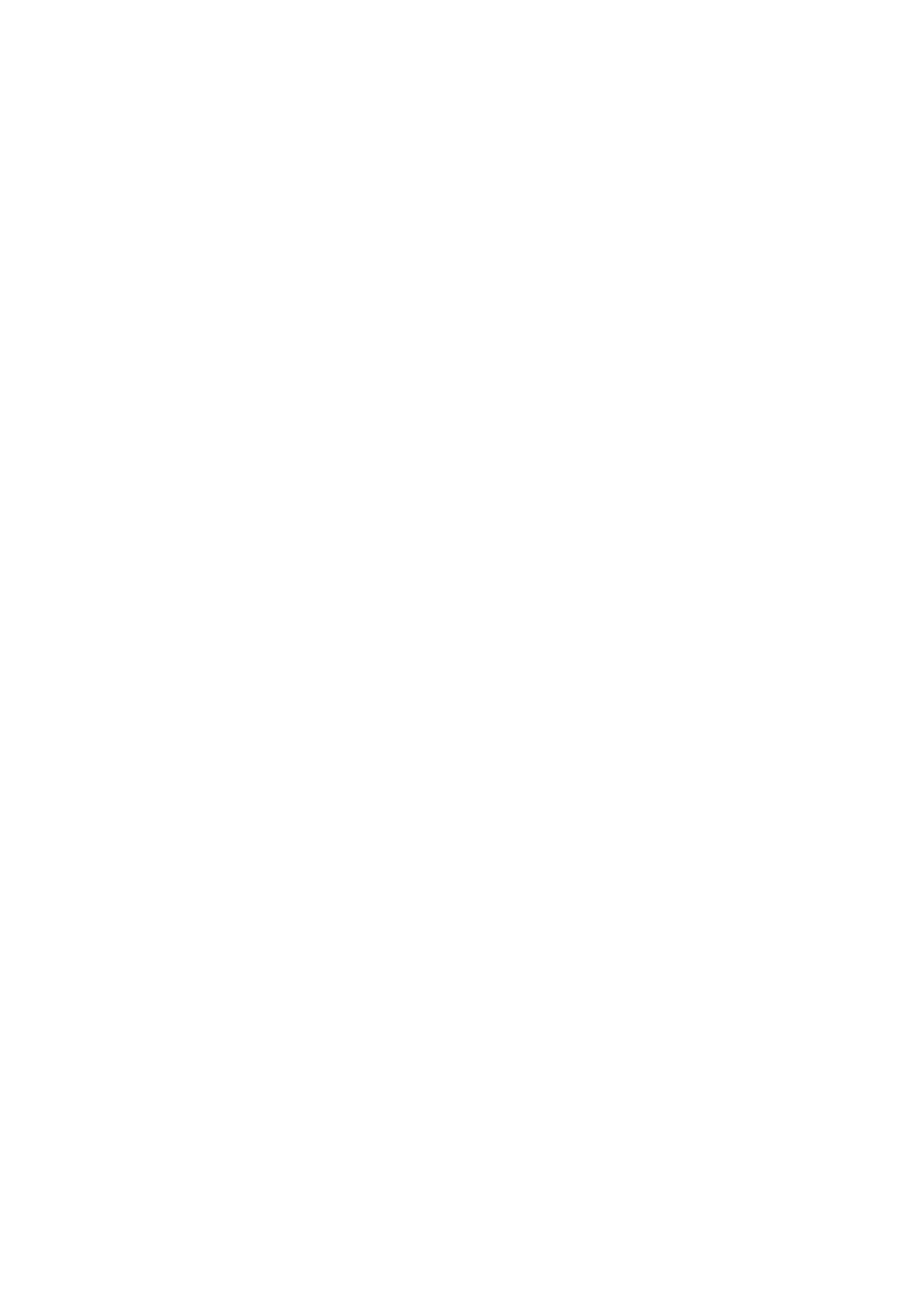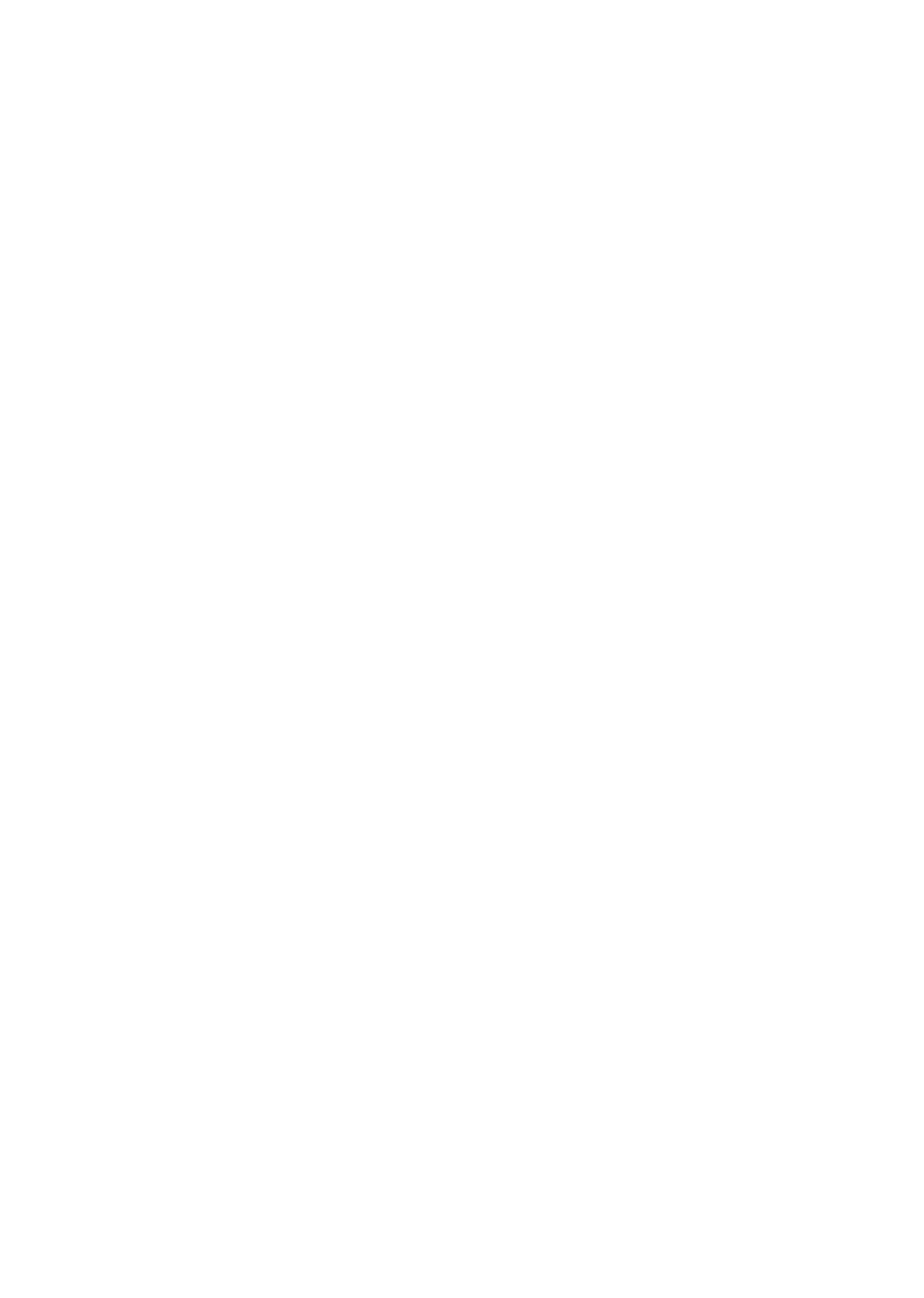ELECTRIC ENERGY,
INCORPORATED,
V.
Petitioner,
RECEIVED
CLERK’S
OFFICE
NOV
032605
STATE OF ILLINOIS
Pollution Control Board
To:
Division ofLegal Counsel
NOTICE OF FTLING
02
North Grand Avenue
Post Office Box
19276
Springfield,
IL
62794-9276
Ms.
Dorothy Gunn, Clerk
Illinois Pollution Control
Board
James R. Thompson Center
1000 West Randolph Street, Suite
11-500
Chicago, IL
60601
Please take notice that on
/7/
3
2005, the undersigned caused to
be filed
with
the
Clerk of the Illinois
Pollution
Control
Board,
Petitioner’s
Petition
for Review
and Motion for Stay, and Appearance, copies of which are herewith served upon you.
77 West Wacker, Suite 4100
Chicago, IL
60601
Telephone:
312/849-8100
\\REA\284234,
I
BEFORE THE ILLINOIS POLLUTION CONTROL BOARD
)
~ORIGINAL
)
)
66
)
PCB96-~
)
CAAPP Appeal
)
)
)
)
ILLINOIS ENVIRONMENTAL
PROTECTION AGENCY,
Respondent.
James T.
Barrington
David
L. Rieser
McGuire Woods LLP
One ofits
attorneys
Printed
on Recycled Paper
CERTIFICATE OF
SERVICE
I, James
T. Harrington, one ofthe attorneys for Petitioner, hereby certify that I
served copies of:
1.
Motion to
Allow Filing of Less Than Nine Copies;
2.
Notice of Filing;
3.
Petition for Review and Motion to
Stay; and
4.
Appearance;
upon the
Division of Legal Counsel
Illinois Environmental Protection Agency
1021
North Grand Avenue
Springfield,
IL
62794-9276
on November 3, 2005
via Federal Express.
jMngton
n
ofthe Attorneys
for Petiti
er
cGuireWoods LLP
77 West Wacker, Suite 4100
Chicago, Illinois
60601
Telephone: 312/849-8100
\\REA\287270. I
BEFORE
THE ILLINOIS POLLUTION CONTROL ~~ARD
RECEIVED
tC
~Kv~
P~\._
CLERK’S OFFICE
ELECTRIC
ENERGY,
)
Nov ~32oo5
INCORPORATED,
)
)
STATE OF ILLINOIS
Petitioner,
)
Pollution
Control Board
v.
)
PCBQ5-”J
)
CAAPP Appeal
ILLINOIS ENVIRONMENTAL
)
PROTECTION AGENCY,
)
)
Respondent.
)
MOTION TO ALLOW FILING OF LESS
THAN NINE COPIES
Electric
Energy, Incorporated
(“Electric
Energy”), by
and
through
its
attorneys,
McGuireWoods
LLP, respectfully requests
that the Board
allow
it
to
file
less than nine
copies
of
its
Petition
for
Review of
a
CAAP
Permit.
The
Petition
includes
lengthy
exhibits,
including the Permit.
Electric Energy has attached the original and
four copies
and
submits
that
submitting five
additional
copies would be
an
unnecessary expense and
a burden to both Petitioner and the Board.
WHEREFORE, for the reasons stated in this Motion,
Electric Energy respectfully
requests that it be allowed to submit an original and
four copies ofits
Petition for Review
and Exhibits instead ofnine copies otherwise required by Board rules.
ELECTRIC ENERGY, INCORPORATE
By:_______
James T.
Harrington
//
David L.Rieser
7
McGuire Woods LLP
77
West Wacker, Suite 4100
Chicago, IL
60601
Telephone:
312/849-8100
Printed on
Recycled Paper
BEFORE THE ILLINOIS POLLUTION CONTROL
BOARD
ELECTRIC ENERGY,
)
‘!~CEIVED
INCORPORATED,
)
RKs OFFICE
)
NOV032005
Petitioner,
)
STATE
OF
ILLINO,
v.
)
PCB
~iS-__£
ç
~°‘j~JtIon
Con~~
8oa~d
)
CAAPP Appeal
ILLINOIS ENVIRONMENTAL
)
PROTECTION AGENCY,
)
Q
P
I
G
I
N A
L
Respondent.
)
APPEARANCE
We
hereby
file
our
appearances
in
this
proceeding,
on
behalf
of
Petitioner,
Electric
Energy, Incorporated.
Dated:
November 3, 2005
~MU~W~
~
es T. Harnngton
,ij
David L. Rieser
ttorney ARDC No.
1fr132806
Attorney ARDC No.:
3128590
McGuireWoods LLP
77 West Wacker Drive,
Suite 4100
Chicago, IL
60601
Telephone:
312/849-8100
.u~I,.!
u::4II~
~
~
r.
IlL
71
;1.•
~.
~
,•,~
I~.
4
..a:,..
C.
Ha
c.l
141.
ylIa
~
CHECK DATE
11/01/CE
Sank
ci America
A:,anta.GA
VOID
AFTER 180 DAYS
CHECK
NO.
238509
65-i
510
CHECK AMOUNT
i~*:r~Jc~
FIVE
HUNDRED TWENTY-FIVE AND
00/100 Dollars
Illinois
Pollution
Control
Board
Chicago,
IL
II’
~
8
ED R”
2?B8u:
DD3 2~SED~R?2’
TI,ls;,cI~or1
fT~ue.
/1
/
3/( ~
‘PLRCFI:\SER/FILER
Na
Hi
-~
~);~/
L~
~
Hrnm
~
AUW~s:
-7
-~
L
u
C1I\/State/Zip:
PFit
cc
ILLINOIS
POLLUTION
CONTROL
BOARD
~00W.
RANDOUPH
ST.
SUITE ii
~50O
CHICAGO.
iLLINOIS 60601
~IV~
IN NO ICE
28208
-~i--s~,_L+JC(
_____
____
_________
~/i~
~RCc~
~c~G
/
_______
___________
______
I
TRAN
SACTION
TYPE
PAY
Cash
NIENT TYPE
Cheek
S,IkrhIe
...
I
~
~pinion/Transeripi
DocumenI
Sale
L_________
Fiine
Fee
.
~1
McGUJREWODDS
ONE JAMES
CENTER
901
EAST CARY
STREET
RICHMOND,
VA 232~9-403C
www. mc go,rew000s.corn
TVvO
c!GNATUHSS
RE~u:MEDA
UVEH
SiO,000.Qe
—
—
—
-
.—
—
—-
—
—
BEFORE THE ILLINOIS POLLUTION CONTROL BOARD
RECEIVED
CLERK’S OFFICE
ELECTRIC ENERGY,
)
NOV
03200
INCORPORATED,
)
)
STATE OF ILLINOIS
Petitioner,
)
Pollution Control Board
v.
)
PCBDC
G5
)
CAAPP
Appeal
ILLINOIS ENVIRONMENTAL
)
PROTECTION AGENCY,
)
0 ~
Respondent
)
PETITION FOR REVIEW
AND
MOTION FOR STAY
NOW COMES
Petitioner, Electric Energy,
Incorporated (“Petitioner” or “Electric
Energy”) pursuant to
Section 40.2
ofIllinois Environmental
Protection Act (“Act” or “15
ILCS
5/40.2”
and
“35
Ill.Adm.Code
§
105.300
ci
seq.”).
Petitioner
petitions
for
a
hearing before the Board to
contest the decisions of the Illinois Environmental Protection
Agency
(“Agency”)
to
include
certain
conditions
and
make
other
decisions
in
the
issuance of the permit
dated September
29,
2005
(“Permit”)
issued under
the Clean Air
Act
Permit Program
(“CAAPP”)
or (“Title V”)
set
forth
at Section
39.5
of the Act
(415
ILC
5/39.5)
for the Joppa Steam
Electric
Station
(“Joppa”).
Petitioner requests
that
the
Board stay
the
effect of the contested terms of this
Permit pursuant to
35
Ill.Adm.Code
§
105.304(b)
during
the
pendency
of
this
Permit
Appeal.
In
support
of
this
Appeal,
Petitioner states as follows.
Printed on Recycled Paper
—
—
—
-,,
-
.
-
I.
BACKGROUND
1.
Petitioner
owns
and operates
a
coal-fired power plant for the generation of
electricity
known
as
the
Joppa
Plant
located
at
2100
Portland
Road,
Joppa,
Massac
County, Illinois.
2.
This
Plant
consists
of
six
boilers.
Boilers
1-6
are
all
Combustion
Engineering units
with
each
having a
nominal
capacity of
1,800
mmBTU/hr,
together
with ancillary equipment, including coal handling and coal processing.
3.
The Joppa Plant is capable of producing about
1100 megawatts per hour of
electricity.
It employs approximately 260 people.
4.
Joppa
is
a
major
source
subject
to
the
Clean
Air
Act
Title
V
Permit
Program.
On
September
08,
1995,
Electric
Energy,
the
owner
of the
Joppa
Power
Station,
filed an application for a
CAAPP Permit
with the Agency.
The Agency issued a
draft/proposed Permit for the public and
USEPA’s review
on
September
25,
2002.
That
review
ended
on
October
25,
2002.
The
Agency
issued
a
draft
Permit
and
draft
responsiveness
summary
on
July
19,
2005.
It
provided
for a
10
day
comment
period
ending on August
1, 2005.
5.
Electric
Energy filed comments on the proposed permit by participating in
the joint
comments
filed
by
the
Air Utility
Group
of Illinois
(“AUGI”)
in
September,
2003
(Exhibit
A),
as
well
as
filing
comments
in
June
1999
(Exhibit
B)
and
October,
2002.
(Exhibit C).
6.
On September 29, 2005,
the USEPA Region V posted a document entitled
“Clean
Air Act
Permit
Program
(CAAPP)
Permit”
for
the
Joppa Power
Station
dated
September
29,
2005
with
an
expiration
date
of September
29,
2010,
Application No.
2
Printed on Recycled Paper
95090120;
ID.
No.
127855AAC
on
its
website, a
copy of which
is
attached hereto and
made a part hereofas Exhibit D.
7.
Electric Energy received the Permit in the mail
on October 3, 2005.
8.
Electric
Energy
hereby petitions for review of the
issuance of the Permit
and particularly the inclusion ofthe following identified terms and conditions thereof and
asks
the
Board
to
reverse
and
remand
said
Permit
to
the
Agency
specifically
for
the
purpose of removing or revising said conditions
as requested herein.
9.
Electric
Energy further requests that
the contested terms and
conditions of
the Permit be
stayed pending a final
decision of the Board
and the action
by the Agency
implementing that decision.
10.
Electric Energy specifically appeals the Permits as a whole
and conditions
set forth below for the reasons stated.
II.
STAY
11.
The
Permit
is
a
license
within
the
meaning
of
the
Administrative
Procedure Act
5
ILCS
100/10-65.
12.
As a license,
it is subject to
5
ILCS
100/10-65(b) which provides:
When a licensee has made timely and sufficient
application for
the renewal of a license
or a new license with reference to
any
activity
of
a
continuing
nature,
the
existing
license
shall
continue in
full force and
effect until the
final agency decision
on the application has been made unless
a later date is fixed by
order of a reviewing court.
13.
No
“final
agency decision on the application”
can be
made on
the Permit
until the Pollution
Control
Board
rules
on this Petition
for Review.
See
Borg-Warner v.
Mauzy,
100 Ill. App.
3d 862 (1981), 427 N.E.2d 415 (Ill.App.Ct.
1981).
3
Printed
on Recycled Paper
14.
Therefore,
pending a decision of this
Board, the Permit
is
not
in effect
or,
at a minimum, the contested terms are
not in effect.
15.
The
Board
should
issue
its
order
finding
that
the terms
of the Permit
are
not
in
effect
pending
its
final decision and
any
final action of the Agency
implementing
the Board’s decision.
16.
If the
Board does not
enter an
order
as requested, it
should
enter its
own
order
staying
the
Permit
or, in
the
alternative,
staying the
contested
terms
pending
its
final decision.
17.
The
Permit
contains numerous
Conditions which
are
illegal, unsupported
in
law
or
fact or
otherwise unreasonable.
Many of these Conditions
are impossible
to
understand
or
impossible
to
comply
with
or
impose
an
unreasonable
burden
upon
Petitioner.
Moreover,
a
stay
would
not
impose
a
severe
burden
on
the Agency
or
the
public
since
this
Permit
Application has
been pending
since
1995
and
a further delay
in
imposing these Conditions,
to the extent they are
valid, will prejudice neither the Agency
nor
the
public.
Petitioner
will
remain
subject
to
all
requirements
of
the
law
and
regulations
and
prior
Permits
during
the
pendency
of
this
Petition.
Furthermore,
as
documented
below,
Petitioner
has
a
substantial
likelihood
of
success
on
the
merits.
Various critical Conditions were imposed
in violation of the law, without proper notice or
an opportunity
to comment,
and without basis in
law or fact.
itt.
EFFECTIVE DATE
18.
a.
The Permit
states
that
it was
issued
September
29,
2005.
An e-
mail
dated
September 29,
2005,
7:18
PM,
stating
the Permit
was posted
on
the USEPA
website was effectively received by Electric Energy,
Inc. on the next business day.
4
Printed
on Recycled Paper
—
—
—
--.,,
,-,
. --,,—
.,
,.—
—
-
r
—
—
b.
The Permit
is
apparently
intended to
be
effective
September
29,
2005,
the
date
it
was
purportedly
issued.
It
contains
numerous
terms
and
conditions
which
are
apparently intended
to
be
immediately
effective
or which
require immediate
action
by
Petitioner
to
come into compliance
with
very
short
deadlines.
Most of these
conditions, whether otherwise contested
or not,
are not contained
in
any prior applicable
law, regulation or permit and
significant Conditions were not contained in any prior draft
permit
issued
for
public
comment.
This
immediately
effective
permit
fails
to
give
Petitioner adequate notice ofwhat
is required or adequate time
to take action to
comply.
As such, it is arbitrary and capricious, contrary to law and a violation of due process.
The
Permit
should
be
remanded
to
the Agency
in order
to
provide adequate time
to
comply
with those terms of the Permit that are otherwise found to
be valid.
Electric
Energy
did
not receive the signed Permit
until
October
3,
2005.
Posting
on
the
federal
website
and
e-mail
notice
of
such
posting
does
not
constitute delivery to
Electric
Energy.
The Permit
should
not
be
deemed
effective prior
to
its
delivery to the Permittee in final form
by the Agency.
In particular, if the Permit is
deemed
effective
on
September
29,
2005,
the
two
days
remaining
in
the
third
quarter
would
require Electric
Energy
to
have taken action
on
those
days and
to
file reports
for
the
two
days of the
third quarter when the Permit
would
be
deemed
effective. Electric
Energy had no official
notice of the Permit,
no
opportunity
to
comply with the terms
and
conditions
thereof, and
no
reason to
have created or maintained
the records
required
to
file such quarterly report.
Furthermore,
filing
such a quarterly
report or other documents
5
Printed
on Recycled Paper
—
_—__/
—.—
for a two-day period would be a useless gesture and
impose an arbitrary and unreasonable
burden upon Electric Energy without due process of law.
IV.
GENERAL REPORTING REQUIREMENTS
19.
(a)
Conditions
5.6.1(a)
and
(b) require record keeping of emissions of
mercury, hydrogen chloride, and hydrogen fluoride.
(b)
There is no basis
in state or federal
law or regulations
for requiring
reporting
of mercury, hydrogen
chloride
or hydrogen
fluoride.
These
facilities
are
not
subject to
federal
regulations
as Hazardous Air Pollutants
and
there
is therefore
no basis
for requiring sampling,
record keeping or reporting for these substances.
20.
(a)
Conditions
5.6.2(b) and
(c)
require Permittee to
retain
and
print,
on
paper,
records
retained
in
an
electronic
format
and
further
require
Permittee,
upon
request,
to
submit copies
of any
electronic
records
required
to
be
kept
under
the permit
but not otherwise submitted to
the Agency.
(b)
These
conditions
impose
an
arbitrary
and
unreasonable
burden
upon
Permittee
and
are
unsupported
by
law.
Paper
copies
of
records
retained
in
electronic format are generally neither useful nor required.
21.
(a)
Condition
5.6.2(d) provides:
For
certain
records
required
to
be
kept
by
this
permit
as
specifically
identified
in
the
recordkeeping
provisions
in
Section
7
of
this
permit,
which
records
are
a
basis
for
control
practices
or
other
recordkeeping
required
by
this
permit,
the Permittee
shall
promptly
submit a copy
of the
record
to
the
Illinois
EPA
when
the
record
is
created
or
revised.
For
this
purpose,
the
initial
record
shall
be
submitted
within
30
days of the
issuance
of this
permit.
Subsequent
revisions
shall
be
submitted within
10
days of
the
date
the
Permittee
begins
to
rely
upon
the
revised
record.
6
Printed
on Recycled Paper
—
—
—
--,,
-
.
-
-
,.--
—
(b)
The requirement to
submit all
records,
apparently including
forms
of records,
within
30
days or when
created or revised,
is
overly vague and burdensome,
serves no useful purpose and is otherwise arbitrary, capricious and
unsupported in law.
22.
(a)
Condition
5.7.1
specifies
General
Source-Wide
Reporting
Requirements.
It requires
that, “the
Permittee
shall promptly notify the Illinois
EPA of
deviations of the source with the permit requirements.”
(b)
The condition does not define either “promptly” or “deviation” and
is therefore
overly vague
and does not
give the Permittee fair warning of what is
required
and
as
such violates
due
process.
Permittee suggested
alternatives
during
the comment
period
but
none
have been
adopted.
Specific
reporting
requirements
for
the
specific
terms
of the
permit
have
been
provided
and
should
be
sufficient
for
any
reasonable
purpose.
This condition should be deleted.
V.
COAL FIRED BOILER
Calculated 95
Upper Tolerance Bound for Opacity
23.
(a)
Condition
7.1 .9(c)(ii) provides the following records are required:
Records
for each affected boiler that
identify
the upper bound of the 95
confidence
interval
(using
a
normal distribution
and
1
minute
averages)
for
opacity
measurements
from
the
boiler,
considering
an
hour
of
operation,
within which compliance with the applicable limit in Condition
7.1.4(a)
is assured,
with
supporting
explanation and
documentation.
At
a
minimum, these records
shall
be reviewed and
revised by the Permittee as
necessary following performance of each subsequent PM emission tests on
affected
boilers.
Copies of these records
shall be submitted to
the Illinois
EPA in accordance with Condition
5.6.2(d).
(b)
Standing
on
its
own,
this
provision
requires
calculation
of
a
statistical
limit
based
on
the
incorrect assumpt ion
that
the
opacity
readings
and
the
particulate emission rate bear a consistent mathematical
relationship to
each other across
7
Printed
on Recycled Paper
a
range of operating
conditions.
The relationship
between opacity
and
particulate
mass
emissions
varies
with
changes
in
fuel
supply
(different
coals), the
performance
of the
particulate
control
equipment
(electrostatic
precipitator),
the
fly
ash
particle
size
distribution,
and the refractive index of the
fly ash particles.
Thus,
no
direct correlation
exists between stack opacity and particulate
mass emissions.
It also
assumes that the data
will fit a normal distribution which may not be
the case.
This requirement is not based on
sound science or statistical methods, even if the relationship was established.
In addition,
particulate emission testing
pursuant
to
USEPA
Method
5
is
done under very controlled conditions
not necessarily
representative of a normal range of
operating conditions.
Such testing has
generally been performed under normal operating
conditions
rather
than
at
maximum
allowable
particulate
emission
rates
typically
resulting in
emission rates which
are a fraction of the allowable emissions.
Opacity data
representing
opacity
readings
taken
when
the
particulate
emissions
are
at
or
near
compliance
limits
are not
available.
Therefore,
even assuming that
there was a realistic
mathematical
relationship between opacity
and
particulate
mass
emissions
and
that
this
relationship
is properly
characterized, the confidence
limit
that would
be
calculated for
opacity
would
represent a mass
emission rate that
is
a fraction of the emission limit
and
not
in
any
meaningfully
correlation
to
the
allowable
particulate
emissions
under
the
permit.
24.
(a)
Condition
7.1 .9(c)(ii) further provides
that the records required by
that
section
“shall
be
submitted
to
the
Illinois
EPA
in
accordance
with
Condition
5.6.2(d).”
Section 5.6.2(d) provides,
inter cilia,
“for
this purpose, the initial record shall
be
submitted within 30 days ofthe issuance of this permit.”
8
Printed on Recycled Paper
—-
——
--
-,
.
.
—,
,-
—-
.,.-,.
..-.-.--
—
(b)
In
essence
the
two
sections
together
require
the
Permittee
to
calculate the upper
bound of the
95
confidence
level
for opacity
for each stack
under
the Permit,
maintain
the records,
and
submit
them
to
the Agency
within
30
days of the
issuance date.
This
is
not
possible.
In order
to
attempt
the
mandated calculation
and
develop
the
records,
there
would
need to
be
a
current
valid
particulate
emission
test,
including
correlated opacity
data, reflecting
current operating
conditions.
Such
tests
are
not presently available
for all
facilities subject to
this
requirement and
could not
be
done
within the
30 day
period.
To
obtain
such data for all
the facilities subject to
the identical
requirements
could require
several
years
depending upon
availability
of the
generating
units,
the availability
of qualified
stack testing
teams
and
Agency
personnel
to
observe
the
tests. If the requirements
of Condition
7.1 .9(c)(ii) are
to
be
retained
in
some
form,
it
or Condition
5.6.2(d) must be
modified
to
provide
that
what
ever calculations
must
be
done,
will
be
done
180
days
following the
report of the
next stack test
for particulate
matter required under the permit.
25.
(a)
Condition
7.1 .9(c)(iii)(B)
provides
that
for
each
hour when
the
upper
bound
specified
in
Condition
7.1 .9(c)(ii)
is
exceeded
a
record
must
be
made
indicating
the
date,
time,
operating
condition
occurring
at
that
time
and
“whether
PM
emissions
may
have
exceeded
the
applicable
limit.”
Moreover
Condition
7.1.10-
2(a)(i)(E)
requires
that
all
records
pursuant
to
Condition
7.1 .9(c)(iii)(B)
be
submitted
with the quarterly report.
(b)
As
set
forth
above,
exceeding
the
upper
bound
specified
in
Condition
7.1 .9(c)(ii) cannot reasonably
be
correlated
to
consistent particulate emission
rates and therefore
maintaining these records
will not provide
any useftil
information and
9
Printed on Recycled Paper
merely impose
an
unreasonably burden
upon the Permittee.
Moreover,
there
is
no basis
on
which Permittee can estimate whether the particulate emission limits
may
have been
exceeded other than by
looking at operating
records
and determining whether equipment
is
significantly
malfunctioning.
Condition
7.1 .9(c)(iii)(B)
is
therefore
unreasonable
and
contrary to law.
26.
(a)
Conditions
7.1.10-1 (a)(ii)
and
7.1.1 0-3(a)(i)
require
immediate
notification
by
telephone
“for
each
incident
in
which
...
the
opacity
from
an
affected
boiler
exceeds
30
percent
for
five
or
more
6-minute
averaging
periods
unless
the
Permittee has begun the shutdown...
(b)
As
originally
proposed,
this
condition
applied
to
five
or
more
consecutive
readings
in
excess
of
30
percent.
As
written
it
is
overly
vague
and
burdensome.
It would
appear to
apply
to
five
or more
such
readings over
any
period of
time including days, weeks or months.
Additionally,
the
use
of the
term
“immediately”
is
inappropriate
and
vague.
Without the benefit of a
more thorough
definition,
it
could
be
claimed that
the
notification
must
take place
the exact
moment
after the event
occurs.
This
would
compromise
resources
that should,
at
that
critical
moment,
be
performing a
number of
other
tasks
to
remedy the
situation.
Further,
the review necessary
to
determine whether
or not the reporting
is
necessary must be
performed by those
who may not always
be
on
the premises.
This
standard of “immediate” notice also fails to recognize that the Agency
is not always available for notification.
27.
(a)
In
addition
to
the
foregoing
condition
by
condition
objections,
there are numerous
conditions in the permit
that are overly vague and
do
not provide fair
10
Printed on Recycled Paper
notice
of
what
is
required
or
even
a
method
by
which
Permittee
could
provide
the
requested information.
i.
Condition
7.1.1 0-2(a)(i)(E)
requires
Permittee
to
report
instances when
a
condition
“may have
exceeded the
PM
limit....”
Similar
conditions
appear elsewhere.
ii.
Condition
7.1.1 0-2(d)(v)
requires
information
“for
each
type of recurring opacity
exceedance”
including elaborate analysis of the possible
causes
and
also requires
information of “any new type(s) of opacity exceedances....”
(b)
Each of these
conditions
is
overly vague
and
burdensome.
They
do not provide fair notice of what
is required;
they use terms which are not defined in the
permit or in
practice; and provide
no guidance as to how they are to be
met. As
such they
violate Due Process.
28.
(a)
Condition
7.1 .9(f)(ii)(C)(V)
requires
records
of
estimates
of the
magnitude
of emissions
of PM
and
CO
during
startups
in
exceedence
of certain
time
limits
and
whether
these
emissions
may
have
exceeded
applicable
limits.
Condition
7.1 .9(g)(ii)(D)(III)
requires
that
the
same
records
and
estimates
be
made
during
malfunctions and breakdowns.
(b)
There
is
no
reasonable
basis
in
law
or
fact
for
making
these
determinations, either in the amount of emissions or whether
they violated any applicable
conditions.
There
may be
some
basis
of making
general
estimates of CO under
some
circumstances, but there
is no way to
make accurate, reliable measurements that
could be
the
basis
of determinations
of exceedences.
There
is
no
accurate
method
for
making
11
Printed on Recycled Paper
—
—
-
-
-
realistic estimates of PM
and
CO
emissions
during
startups
or during
malfunctions
and
breakdowns, including no test data or emission factors.
29.
(a)
Condition 7.1.1 0-2(d)(iii) contains a note which states in part:
“Because the Permittee is subject to
the reporting requirements
for opacity
of the NSPS, 40 C.F.R. 60.7(c) and
(d)
(b)
This
facility is not subject to the NSPS, 40 C.F.R. Part
60, and
this
reference
and
any
requirements
or
conditions
expressly
or
impliedly
based
on
it
are
contrary to law.
30.
(a)
Condition
7.1 .12(b)
provides:
“Compliance
with
PM
emission
limit of Condition
7.1.4(a)
is addressed
by
continuous
opacity
monitoring
in
accordance
with
Condition
7.1.8(a),
PM
testing
in
accordance
with
Condition
7.1.7,
and
the
recordkeeping required by Conditions sic
7.1.9.”
(b)
Condition
7.1.1 0-2(d)(iv)
under the
general
caption “Reporting of
Opacity
and
Particulate
Matter
Emissions”
requires
quarterly
reports
“for
each period
when
PM
emissions
were
in
excess
of the
limit
in
Condition
7.1.4(a),”
including
a
detailed
reporting
of
opacity
measurements
for
each
six
minute
period
during
the
exceedances,
“the
means
by
which
the
exceedance
was
indicated
or
identified,
in
addition
to
the
level
of opacity,”
“a
detailed
explanation
of the
cause,”
and
detailed
explanation of the corrective measures.
When
read together with
the other conditions
in
the
permit
set
forth
above,
these
sections
clearly
indicate
that
there
is
at
least
a
presumption
that the
PM
limit was violated when the opacity
readings exceed the 95
upper tolerance bound
calculated pursuant to
the permit and
that the Agency
will expect
the opacity reading to
be reported as deviations.
In essence,
it appears that the 95
upper
tolerance
bound
becomes
a
surrogate
for a
new
PM
limit
if
not
the
enforceable
limit
12
Printed on Recycled Paper
itself.
Moreover,
as
discussed
above,
this
new
limit
will
not
bear
any
necessary
relationship
to
the
limit established
in
Illinois
regulations
for
PM
emissions
from
the
boilers.
This
is
in
fact
contrary to
the
statements
made
in
the
September
29
Agency
Responsiveness Summary (found in
Record)
which
stated that
such limits
could
not
be
established.
This
new
limit
is
not
based
on
any
legally
applicable
requirements
and
is
therefore
not a legally defensible requirement.
Furthermore,
this
new limit will
be
established
without
any
consideration of its
reasonableness or
achievability under
the normal range
of operating
conditions
for the
boilers,
normal
fuel
supply
variability
and
the
normal
range
of
control
equipment
performance
and
fly
ash
characteristics designed
to
achieve
consistent
compliance
with
the State’s
duly established emission limits.
VI.
CARBON
MONOXIDE
31.
(a)
Condition 7.1.6 provides:
As
part
of
its
operation
and
maintenance
of the
affected
boilers,
the
Permittee
shall
perform
formal
“combustion
evaluation”
sic
on
each
boiler on
at least
a
quarterly
basis,
pursuant
to
Section
39.5(7)(d)
of the
Act.
These evaluation
sic
shall consist of diagnostic
measurements
of
the
concentration
of
CO
in
the
flue
gas
of
the
affected
boiler,
with
adjustments
and
preventative
and
corrective
measures
for
the
boiler’s
combustion systems to
maintain efficient combustion.
(b)
This
condition
purportedly
requires
a
quarterly
formal
“Combustion
Evaluation”
tied
to
CO
measurements
in
the
flue gas to
maintain efficient
combustion.
“Combustion
Evaluation”
is
not
a
term
of art
or science
in
the
coal
fired
boiler industry
and
is
not defined
in
the permit and
is therefore
overly vague.
It is
well
known
that
CO
levels in
a boiler vary
continuously
over
the normal range
of operating
conditions.
It is not feasible
to make boiler adjustments for CO at a single
load point that
13
Printed
on Recycled Paper
will thereafter be
maintained throughout the
entire
range
of boiler operation.
Moreover,
tuning
a boiler to
minimize
CO
may have the
effect ofincreasing
NOx
emissions which
are more tightly regulated
and of greater
environmental concern.
There
is
no
evidence
that the CO emissions
exceed or even approach their allowable limits. Furthermore, there
is
no
regulatory requirement or basis
for inclusion of this requirement in the permit.
As
set forth in this Condition, these evaluations require periodic testing of CO in the exhaust.
Such tests are not necessary or useful
for compliance
or operation.
CO concentrations
in
the exhaust
during
stack tests
are
a
small
fraction
of the
allowable
concentration
and
ambient concentrations are
a
small
fraction of ambient limits.
This
requirement would
require installation of unspecified monitoring equipment at considerable cost.
VII.
START UP
32.
(a)
Condition 7.1.9ffl(ii)(C) states:
If this
elapsed time
is
more than
4
hours or if the Permittee’s
startup procedures are not followed:
I.
A detailed
explanation why
startup
of the boiler was not
completed
sooner
or
startup
procedures
were
not
followed.
II.
Documentation
for
the
startup
procedures
that
were
followed.
III.
The elapsed time
from
initial
firing of auxiliary
fuel
until
firing of the principal fuel was begun.
IV.
The flue gas temperature at which the ESP was energized,
if coal was fired before the ESP was energized.
V.
Estimates of the magnitude
of emissions of PM
and
CO
during the startup, including whether emissions
may have
exceeded
any
applicable
hourly
standard,
as
listed
in
Condition
7.1.4.
14
Printed
on Recycled Paper
(b)
In essence,
this requirement treats any startup exceeding 4
hours at
this
facility
as
being
out of the ordinary
and
requiring
extensive
explanation.
On
the
contrary,
as repeatedly pointed
out to
the Agency
on the record,
in excess of
16 hours
is
far
more
typical
of
startups
as
both
the
boiler
and
turbine
generator
are
brought
to
appropriate temperatures and coal is gradually added to
the fuel mix. There
is no basis for
requiring
the
substantially
greater
records
required
by
this
condition
or
creating
an
impression that startups over
4 hours
are out ofthe ordinary.
VIII.
TESTING
33.
(a)
Condition
7.1 .7(a)(ii) provides as follows:
“PM emission measurements shall be
made within 90 days of operating an
affected
boiler for more than
30 hours total in
a calendar quarter at a load*
that
is
more
than
2
percent
higher than
the greatest
load
on
the boiler,
during
the
most
recent
set
of PM
tests
on
the
affected
boiler
in
which
compliance
is
shown
(refer
to
Condition
7.1 .7(e)(iii)(D)),
provided,
however,
that the Illinois
EPA may
upon request of the Permittee provide
more
time
for testing
(if such time
is
reasonably
needed
to
schedule and
perform testing or coordinate testing with seasonal conditions).
*
For this purpose, load shall
be expressed in
terms of
either
gross
megawatt
output
or
steam
flow,
consistent
with
the form of the records
kept
by
the
Permittee pursuant to Condition 7.1.9(a).”
(b)
This
condition
requires
retesting
the
boiler if
it
operates
for
30
hours
in a calendar quarter at a load that
is more than 2
greater than that during
its most
recent
PM
test.
As the
Agency
is
well
aware
and
as has
been pointed
out in
comments,
there
are periods
of peak
demand on
the electric
grid
including
periods
when
the
grid
may
be in danger of collapse because of loading or loss of other generating capacity that
it
may be
necessary to
operate boilers over their rated capacity to
protect the integrity of
the
electric
grid.
Furthermore,
a
90
day
window
for
conducting
stack
tests
is
not
15
Printed on
Recycled Paper
reasonable
because arranging for tests,
scheduling with
the Agency
and
conducting
such
tests
cannot
be
accomplished
in
that
time
frame.
This
condition
penalizes
the
owner/operator
for responding to
potential
emergency
situations
and
otherwise
fulfilling
its legal obligations.
34.
(a)
Condition
7.l.7(b)(iii)
provides
that
USEPA
Methods
5
and
202
from
40 CFR 60 Appendix
A must be used for sampling
Particulate Matter.
In the note it
provides:
“Measurements of condensable
PM
are
also
required by
USEPA
Method
202
(40
CFR
Part
51,
Appendix
M)
or
other
established
test
method
approved by the Illinois EPA, except for a test conducted prior to
issuance
of this permit.”
(b)
Method
202
and
similar
methods
are
designed
to
test
for
“condensable
particulates,”
i.e.,
materials that
are
not
particulates
as emitted
from
the
stack
but
which
may
later
condense
to
form
particulates.
These
“condensable
particulates”
are
not
governed by
any applicable
emission limitation in
law,
regulation or
permit. The test is expensive and complicated. It is also not reliable.
Alternative methods
are
being
developed.
There
is
no
basis
in
law
for requiring
such
testing
and
it
is
not
necessary
or
useful
in
demonstrating
compliance
with
applicable
regulations
or
the
permit itself.
IX.
COAL
HANDLING EQUIPMENT
—
coal receiving, coal transfer,
coal storage operations
Opacity
35.
(a)
Condition 7.2.4(b) provides that coal handling operations including
coal
receiving,
coal
transfer
and
coal
storage
are
subject
to
the
30
percent
opacity
limitations
recited in
Condition 5.2.2(b) pursuant to
35
IAC 2 12.123.
16
Printed
on Recycled Paper
Condition
7.2.7
provides that the
same operations
shall
be
subject
to
USEPA
Method
9
for
opacity
on
the
schedule
and
methodology
set
forth
in
this
condition.
Condition 7.2.9(1) requires records ofthe opacity measurements to
be
kept.
Condition
7.2.12(a)
provides
that
compliance
with
7.2.4
is
addressed by,
inter cilia,
7.2.6(a), 7.2.7 and
7.2.9.
(b)
These
conditions
are
improper.
Emissions
for
coal
handling
equipment are
strictly
fugitive
in
nature
in that
they are
not
emitted
from
stacks or other
similar confined openings suitable for controls.
As such these emissions are subject to
the
fugitive emission standard in 35
IAC
2 12.301. There is no
basis
in the law
or regulations
to
subject these emissions to opacity
limitations, testing or monitoring.
Inspection Requirements
36.
(a)
Condition
7.2.8(a)
provides
that
monthly
inspections
of
the
operations
including
control
measures
must
be
monitored
by
“personnel
not
directly
involved in the day-to day
sici
operations of the affected operations.”
Condition
7.2.12(a)
provides
that
compliance
with
7.2.4
is
addressed by 7.2.8.
(b)
There
is
no
reasonable
basis
for requiring
inspection
by
persons
not
involved
in
the
operation.
Only
those
people
involved
in
the
operations
have
the
detailed
knowledge
of
the
equipment
and
processes
to
adequately
carry
out
such
an
inspection safely.
To require third parties lacking such familiarity with the process would
defeat the purpose ofthe inspection.
17
Printed on
Recycled
Paper
--
-
----
—
—
--
notify” the Agency
“for
each
incident
in
which
the
opacity
from
an
affected
operation
exceeds or may have exceeded the applicable opacity
standard for three or more 6-minute
averaging periods.”
(b)
Emissions
from coal handling are typically fugitive.
As
set
forth
herein
opacity
limitations
do
not
apply
to
fugitive
emissions
and
there
is
no
reasonable
basis for measuring opacity
under these circumstances.
Moreover, there is no
basis
for
counting
the “three
or more”
exceedences,
if
they
could
be
measured, unless
they are continuous or within a certain period oftime.
Additionally,
the
use
of
the
term
“immediate”
is
inappropriate
and
vague.
Without the benefit of a
more thorough
definition, it could
be
claimed that
the notification
must take place
at
the
exact moment
the event occurs.
This
would
compromise
resources
that
should,
at
that
critical
moment,
be
performing
a
number of other tasks to remedy the situation.
Further, the review necessary to
determine
whether
or
not
the
reporting
is
necessary
must
be
performed
by
those
who
may
not
always
be
on
the premises.
This
standard of “immediate”
notice
also
fails
to
recognize
that the Agency
is not
always available for notification.
40.
(a)
Condition 7.2.10(a)(ii) states that “notification
within 30 days for
operation
of
an
affected
operation
that
did
not
fulfill
the
applicable
requirements
in
Conditions
sic
7.2.6(a)
that
continued
for more than
12
operating
hours
from
the
time
that
it was identified.”
Condition
7.2.6(a)
deals
with
the
implementation
of
emission
control measures and the accompanying work practices and operational limits.
19
Printed on Recycled Paper
--
—
—
—
--
(b)
The
nature
of
fugitive
emissions
compliance
measures
required
by
Condition
7.2.6(a)
makes
such reporting meaningless.
For example,
many
such measures
are periodic,
i.e.,
every
so
many
days or
as
needed,
(e.g.,
one
need not
spray water
on
coal
handling
when
it
is
raining).
Certain
such
measures may
not
be
needed for compliance with applicable requirements.
X.
COAL
PROCESSING EQUIPMENT
41.
(a)
Condition 7.3.4(b) provides that coal processing
operations will be
subject
to
the
opacity
limitation
referenced
in
Condition
5.2.2(b)
pursuant
to
35
IAC
2 12.123.
Condition
7.3.6
requires
work
practices
and
other
methods
to
assure compliance with Condition 7.3.4.
Condition
7.3.9(e)
requires
records
of
opacity
readings
to
be
maintained.
Condition
7.3.12(a)
provides
compliance
with
7.3.4
be
assured by
applications of Condition 7.3.6(a).
Condition
7.3.7(a)(i) requires
that
opacity
be
determined pursuant
to
USEPA Test Method
9.
(b)
As
set
forth above
with
respect
to
coal handling
equipment,
those
emissions
from
coal processing
which
are
fugitive
in
nature
and
do
not
exit
through
a
stack or other confined opening are
not
subject to
the opacity
limitations but
are subject
to
the fugitive
dust rule
35
IAC
212.301.
As
such they
are
not
subject
to
the
opacity
limitations of 35
IAC
212.123.
20
Printed on Recycled Paper
—
—
—
42.
(a)
Condition
7.3.7(b)
requires
USEPA
Method
5
sampling
of
all
“stacks or vents” from the coal processing
operations upon request
from the Agency.
Condition
7.3.12(b)
requires
that
compliance
with
Condition
7.3.6(a) be assured by Condition 7.3.7.
(b)
USEPA
Method
5
is
not
applicable
to
testing
of
vents
or
even
stacks
that
do
not have regular flow conditions.
This
requirement
is
therefore
improper
and should be
deleted or limited
to those
stacks for which it is appropriate such as stacks
from control equipment.
43.
(a)
Condition
7.3.8(a)
requires
weekly
inspections
of
the
coal
processing
equipment
by
“personnel
not
directly
involved
in
the
day-to
day
sic
operation ofthe affected
processes.”
(b)
The
requirement that
the
inspections
be
conducted
by
personnel
not directly involved with the equipment in
question is unreasonable and
contrary to
good
practice.
Only persons familiar with
the equipment are
in
a position
to
safely carry out a
reasonable
inspection
and
recognize
both
areas
requiring
attention
and
the
corrective
actions that
should
be
undertaken.
There
is
no
objection
to
carrying out the
inspections
and
taking
corrective action
but
that
inspection
should
be
done
by
the personnel
most
likely to correct any problems.
44.
(a)
Condition
7.3.8(b)
requires
detailed
inspection
of
the
dust
collection
equipment for the affected processes “while the processes are
out of service.”
It also
requires
the facility to be
taken out of service for such inspections and requires
an
inspection before
and after any repair or maintenance.
21
Printed on Recycled Paper
(b)
This
condition
is
unreasonable
because the equipment may
not
be
out of service within the
15
months
allowed and
because inspections with
the equipment
out of service are
not
the best
method
of determining its
proper
functioning.
Moreover,
requiring
an
inspection
before
and
after
any
repair
or
maintenance
is
unnecessary,
arbitrary and it does not bear a reasonable relationship to environmental
compliance.
45.
(a)
Condition
7.3.9(c)
requires
maintenance
of
records
of
the
inspections required under Conditions 7.3.8
and 7.3.9.
Condition
7.3.12(b)
provides
that
compliance
with
Condition
7.3.6(a) is addressed by the requirements of Condition 7.3.7, 7.3.8, and 7.3.9.
(b)
These
conditions
should
be
deleted
and
revised
respectively
as
Conditions 7.3.8(b) is deleted.
46.
(a)
Condition
7.3.9(d)(ii)
provides
that
the
Permittee
must
maintain
records
of estimates
of the
magnitude
of PM
emissions
“for
each
incident when
any
affected process operated without the established control measures.”
(b)
The determination of the magnitude of PM emissions, as attempted
to be
enforced here, does not correlate with
other relevant conditions or common
industry
practices.
PM
emissions
from
this
operation
are
generally
fugitive.
There
is
no
reasonable
basis
for making
estimates
of emissions
during
malfunctions.
There
are no
available emission tests
and there are no applicable emission factors.
47.
(a)
Condition 7.3.10(a)(i)(A)
provides
that during
continued operation
of an affected
process during malfunction or breakdown the Permittee must “immediately
notify” the Agency
“for
each incident
in
which
the opacity
from
an
affected operation
22
Printed on Recycled Paper
exceeds or may have exceeded the applicable opacity standard for three or more 6-minute
averaging periods.”
(b)
Emissions
from
coal
processing
are
typically fugitive.
As
set
forth
herein
opacity
limitations
do
not
apply
to
fugitive
emissions
and
there
is
no
reasonable
basis
for measuring opacity
under these circumstances.
Moreover, there
is no
basis
for counting the “three or more” exceedences if they could
be measured unless
they
are continuous or within a certain period of time.
Additionally,
the
use
of
the
term
“immediately”
is
inappropriate and
vague.
Without
the benefit of a more thorough
definition,
it
could
be
claimed that the notification must take place
at the exact moment the event occurs.
This
would
compromise
resources
that
should,
at
that
critical
moment,
be
performing
a
number of other tasks to remedy the situation.
Further, the review necessary
to determine
whether
or
not
the
reporting
is
necessary
must
be
performed
by
those
who
may
not
always
be
on
the premises.
This
standard of “immediate” notice
also
fails to
recognize
that the Agency is not always available for notification.
48.
(a)
Condition
7.3.10(a)(ii) states that “notification
within 30
days for
operation
of
an
affected
operation
that
was
not
in
compliance
with
applicable
requirements in
Condition
7.3.6(a) that
continued
for more than
12 operating
hours
from
the time
that it was identified.”
Condition
7.3.6(a)
deals
with
the
implementation
of
emission
control measures and the accompanying work practices and operational limits.
(b)
The nature of fugitive compliance measures required by
Condition
7.3.6(a)
makes
such
reporting
meaningless.
For
example,
many
such
measures
are
23
Printed on Recycled Paper
periodic,
i.e.,
every
so
many
days
or
as
needed.
Certain
such measures
may
not
be
needed for compliance with applicable requirements.
49.
Petitioner
also
objects to
any
other Condition of the Permit
related
to
or
incorporating
the Conditions objected to herein.
50.
Furthermore,
many
of
the
Conditions
were
included
in
the
Permit
in
violation
of
Section
39.5(q)
of the
Act
415
ILCS
5/39.5(q),
as
well
as
40
C.F.R.
§
70.7(a)(5)
in
that
the
Agency
failed
to
provide
notice
to
the
public,
including
an
opportunity
for public
comments and
a hearing on these conditions
of the
Permit;
failed
to “prepare
a draft permit and
a statement that
sets
forth the legal and factual
basis for the
draft
CAAPP
permit
conditions,
including
references
to
the
statutory
or
regulator
provisions
and
also
failed
to
give
notice of a
draft CAAPP
permit
including
these
conditions
to
the
applicant.
Inclusion
of
these
conditions
without
the
notice
and
opportunity
to
comment provided
by
law
deprives the Permittee of Due
Process
of Law
in
violation of the
Illinois
and
United
States
Constitutions.
This
failure
is
so pervasive
that
the
entire
Permit
should be
remanded
for proper notice
and
comment
in
accordance
with the Board’s findings.
24
Printed
on Recycled Paper
This Petition for Review is timely filed within thirty-five
(35)
days of final permit
action on the CAAPP permit pursuant to
415
ILCS
5/40.40.2.
WHEREFORE, Electric Energy
requests that that Board:
1.
Enter an
Order that the
Permit
is not
final and effective pending
the
final
decision ofthe Board
and the actions of the Agency implementing it or,
in the alternative,
an
Order staying the effectiveness of the Permit or, at a minimum,
staying the contested
terms of the CAAPP Permit as set forth above;
2.
Conduct a hearing on the contested terms of the CAAPP
Permit; and
3.
Reverse and remand the contested terms to
the Agency to delete or modify
in accordance with Petitioner’s objections and the Board’s Order.
Respectfully submitted,
Dated:_____
____________
~David
L. Rieser
McGuireWoods LLP
77 West Wacker,
Suite 4100
Chicago, IL
60601
Telephone:
312/849-8100
25
Printed on Recycled Paper
